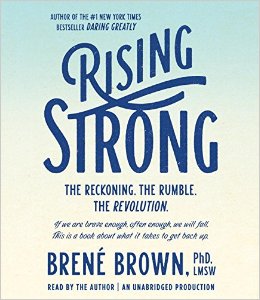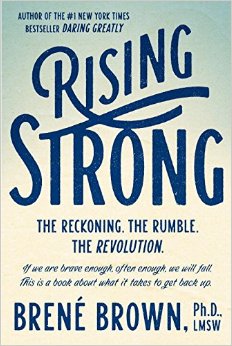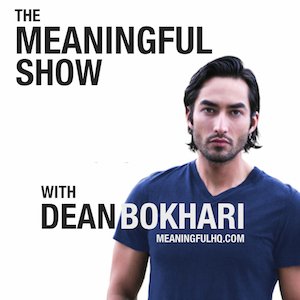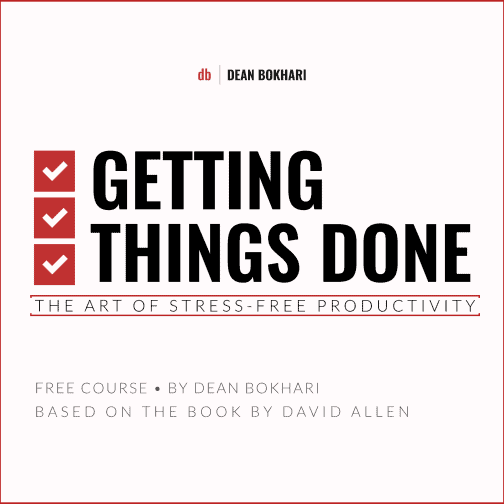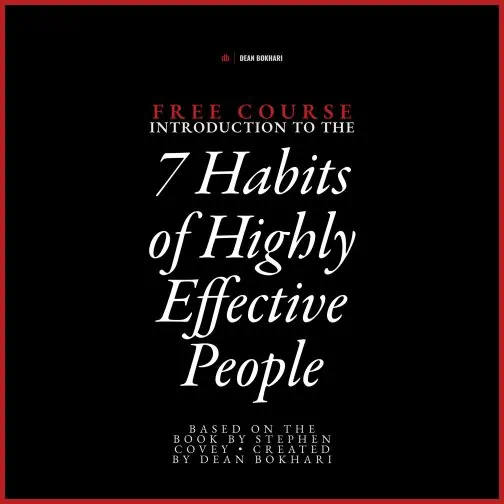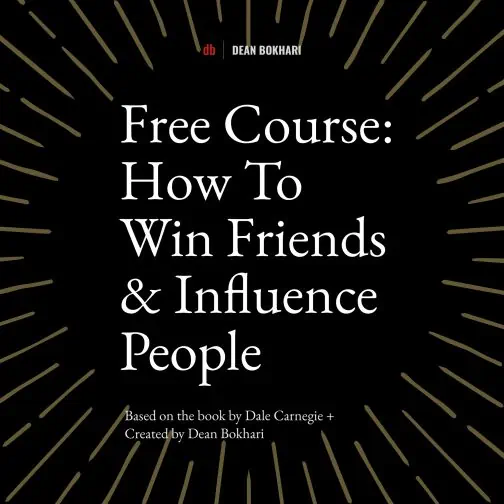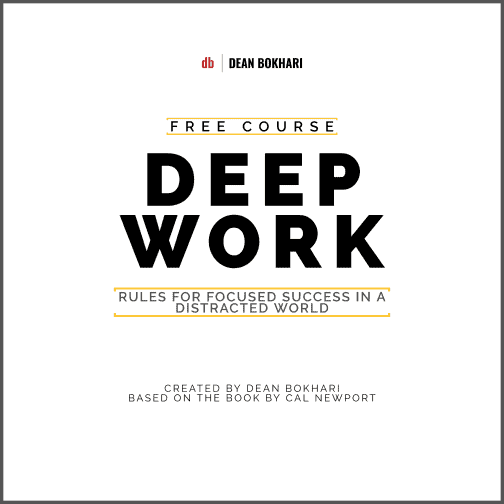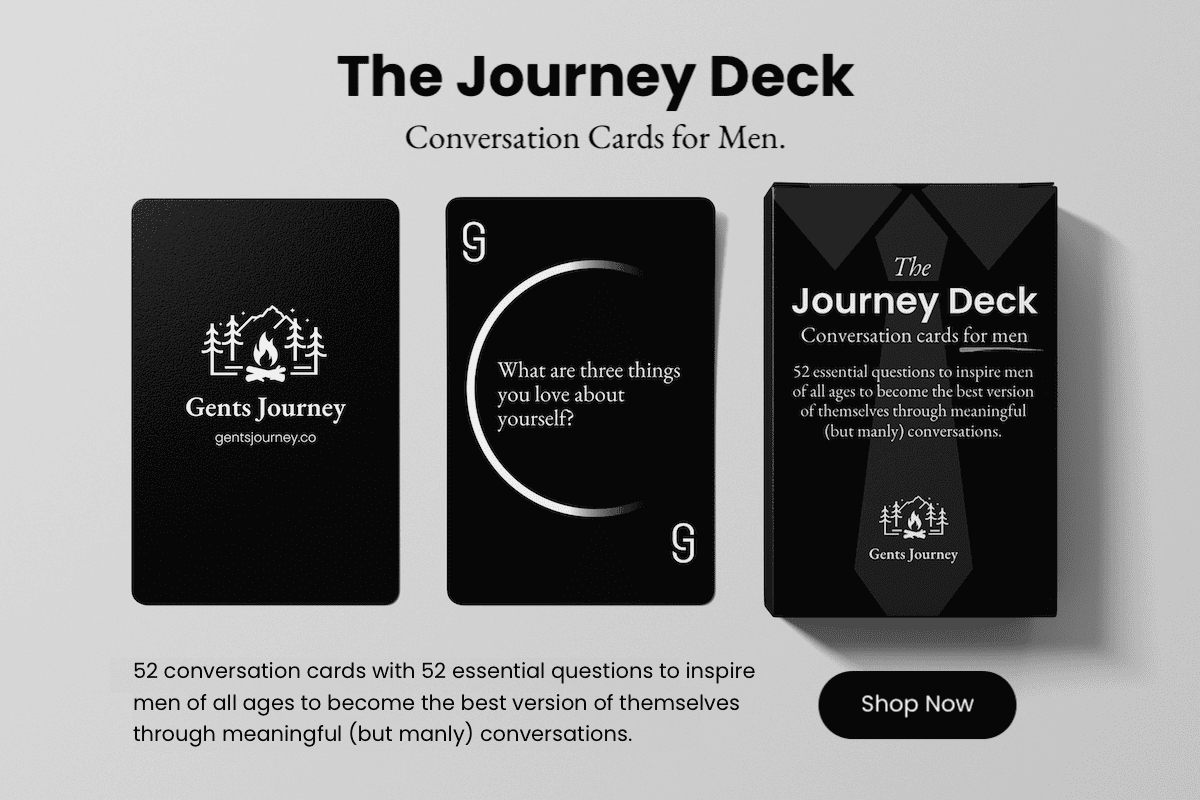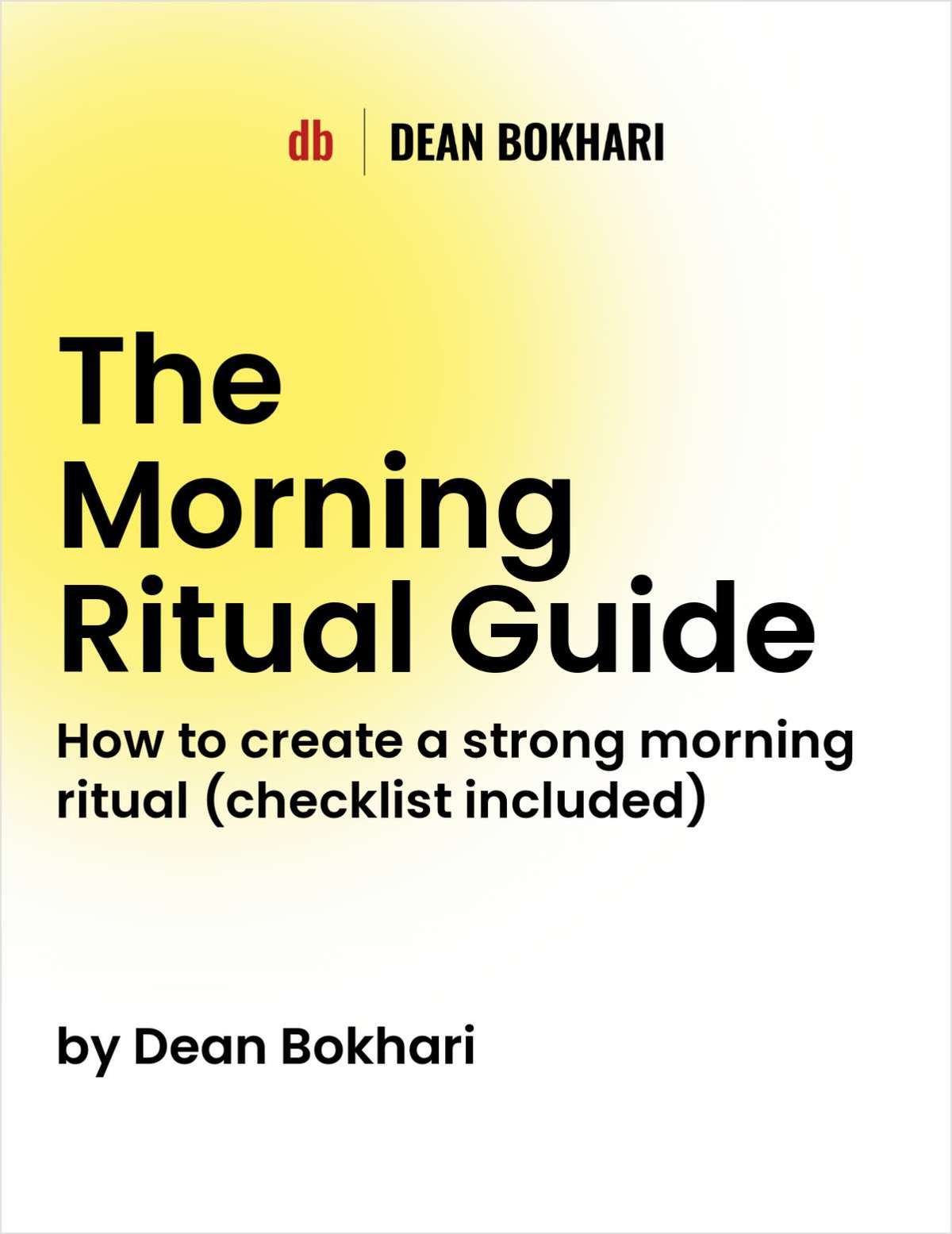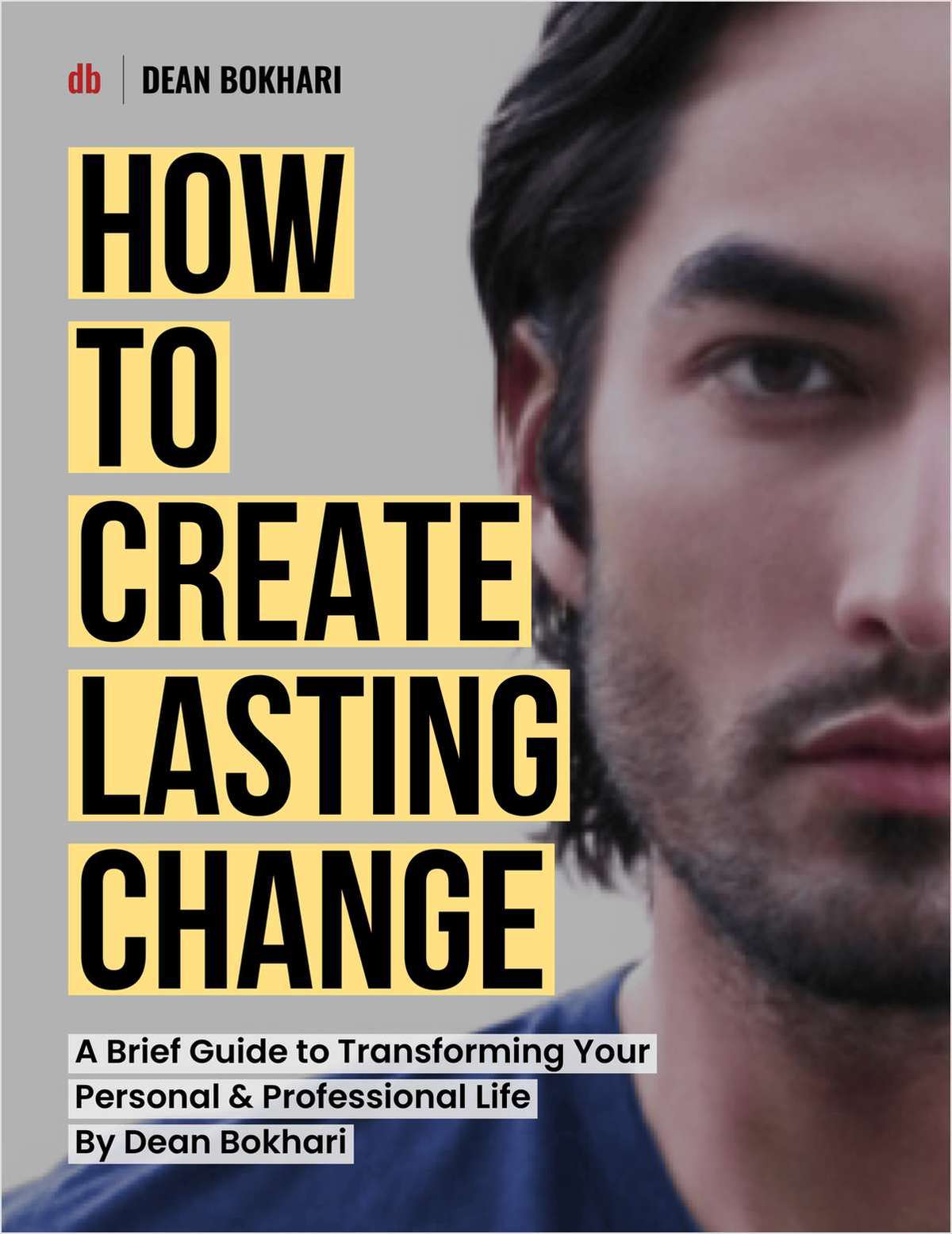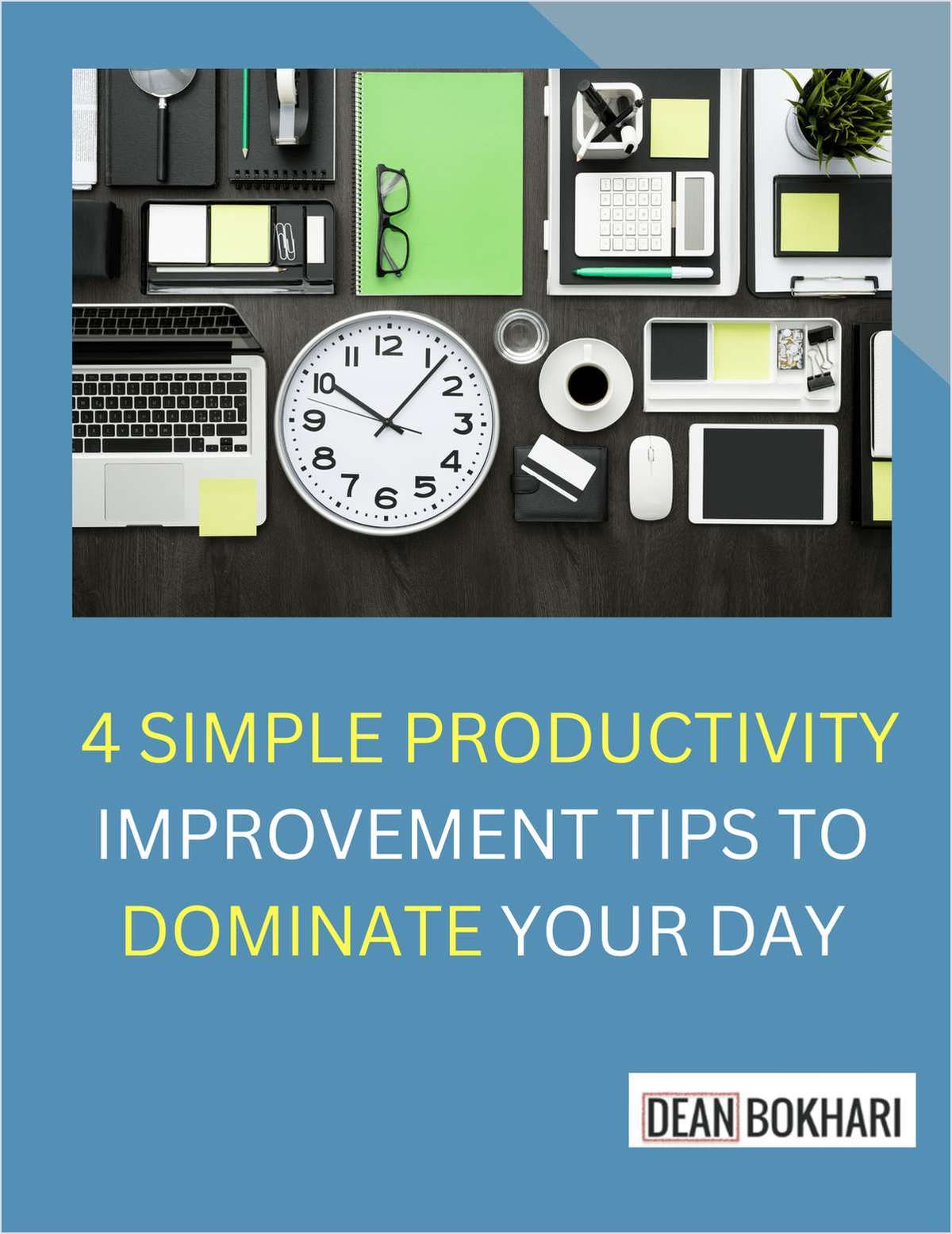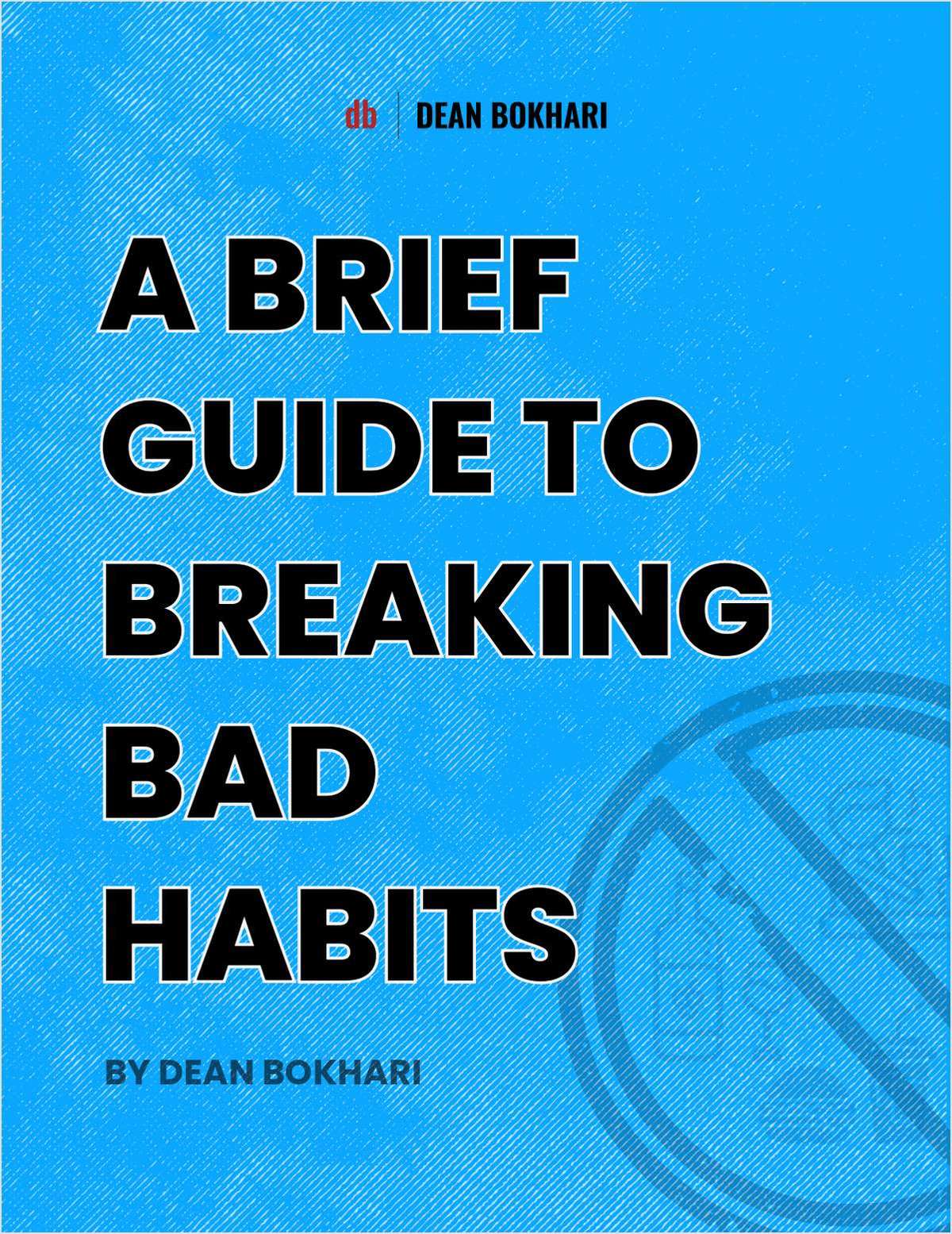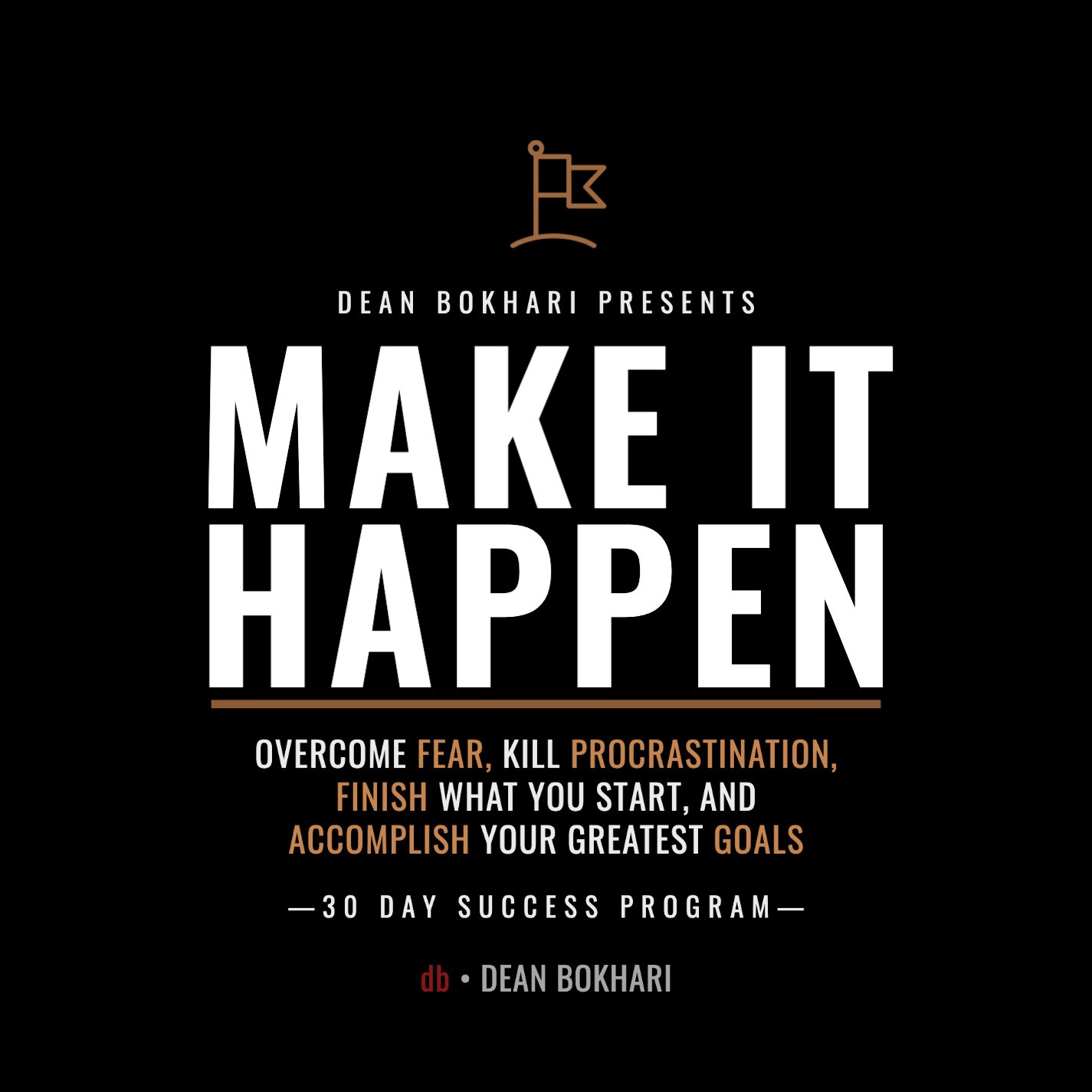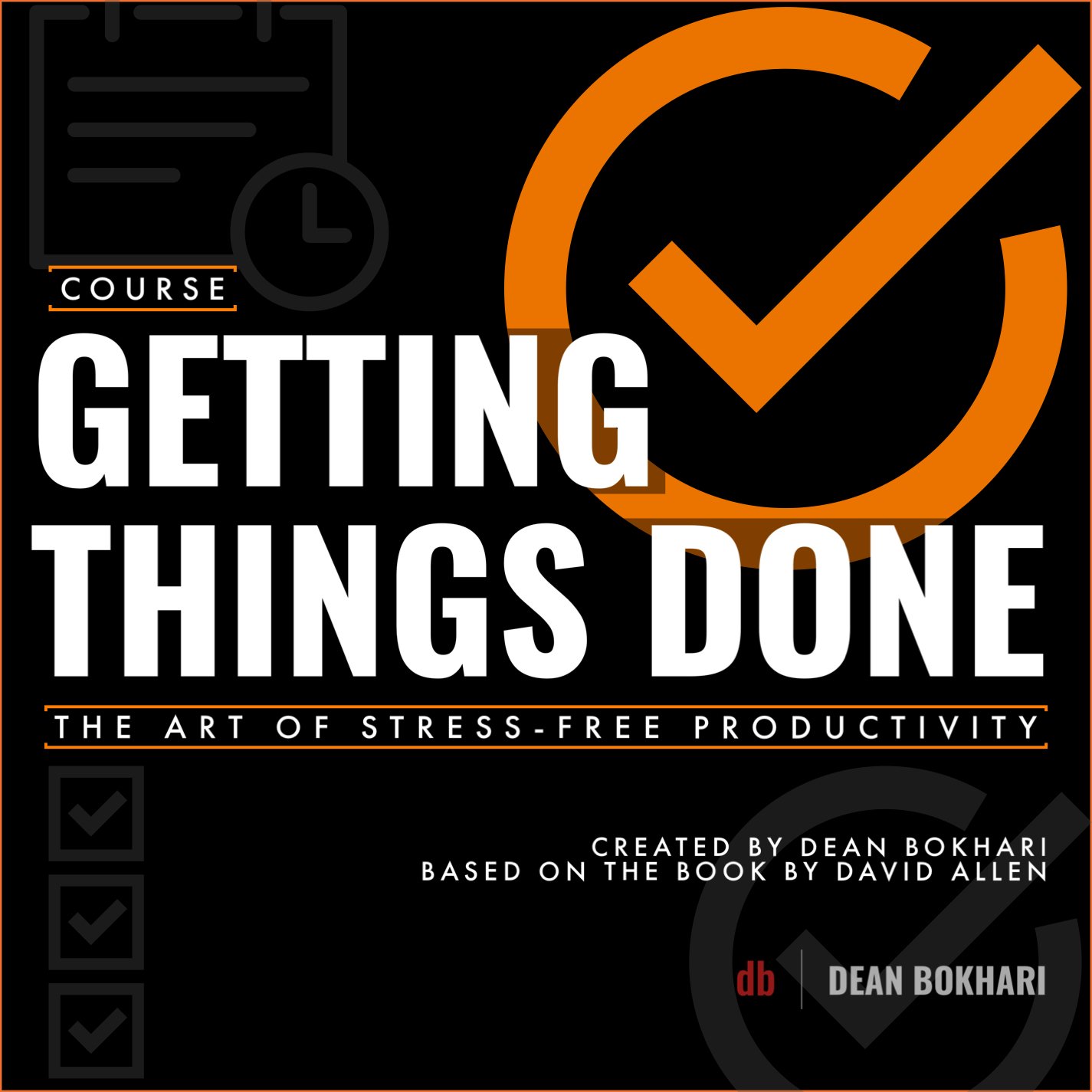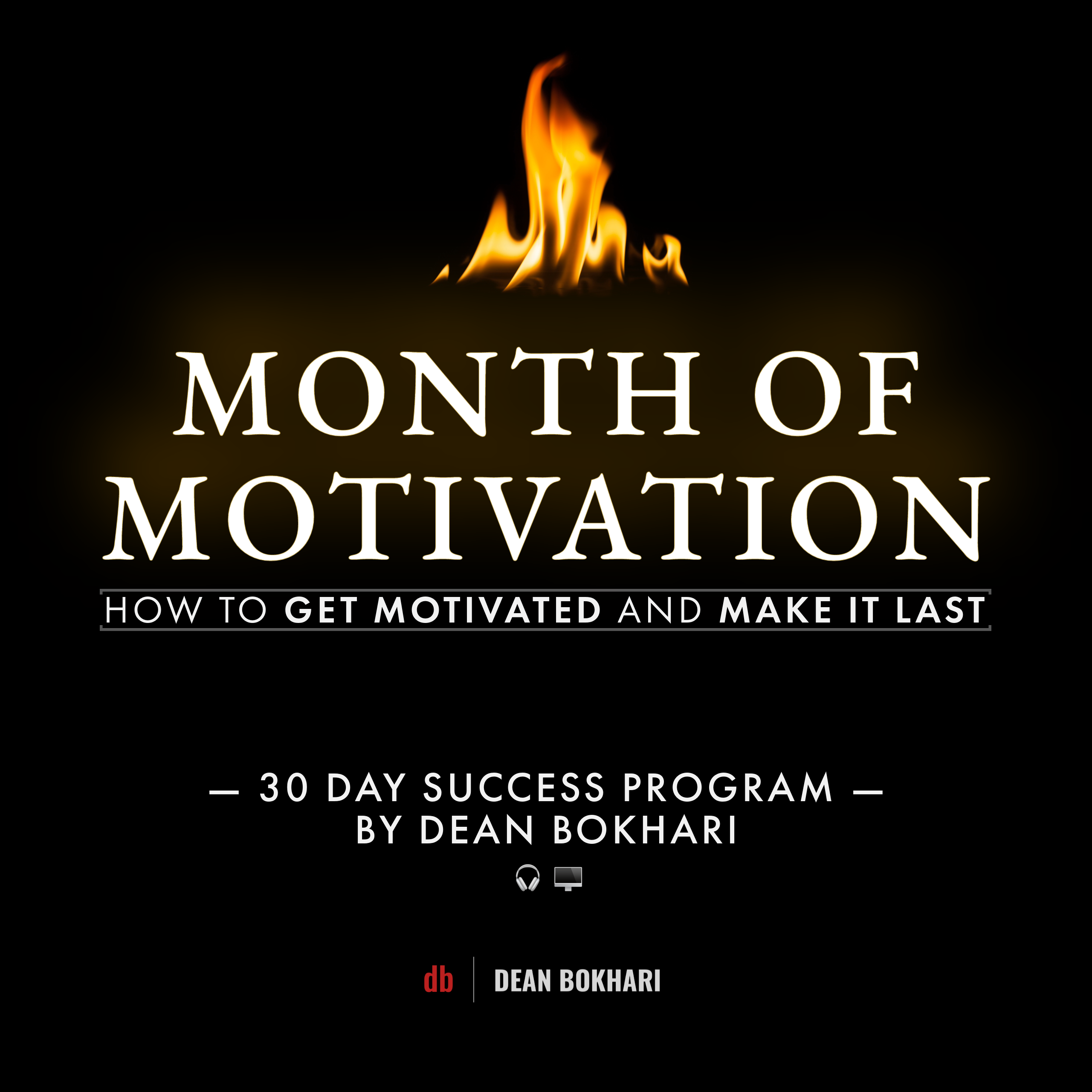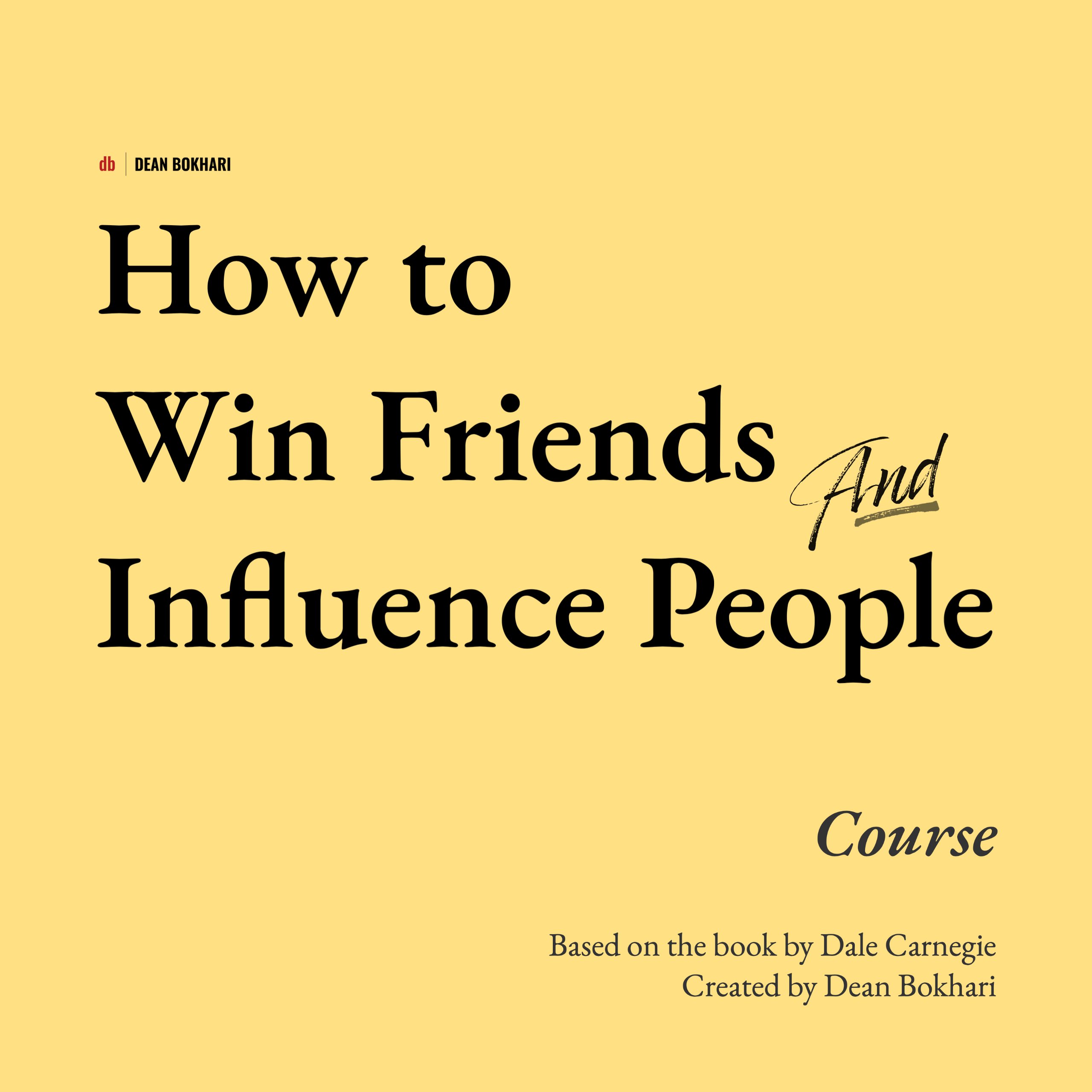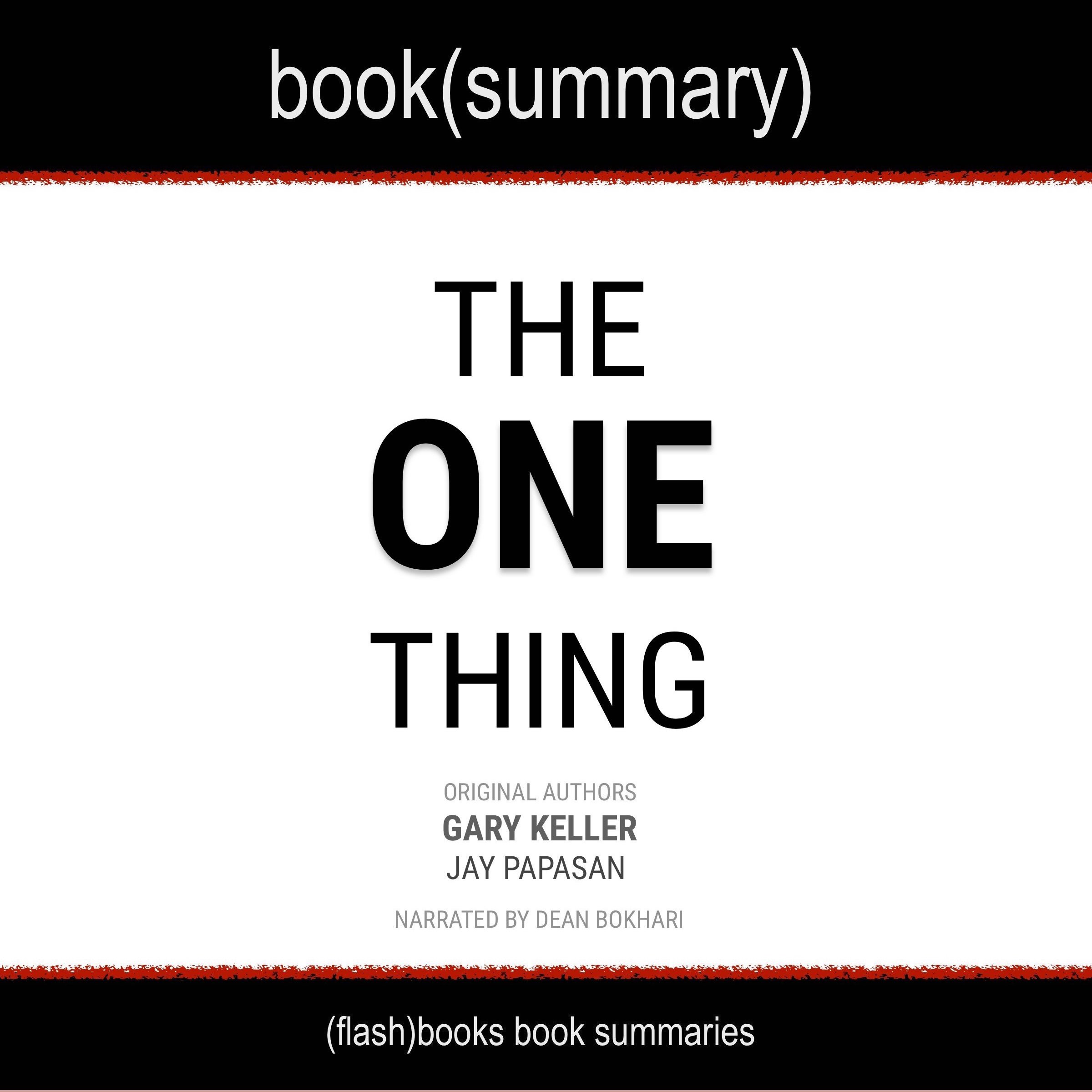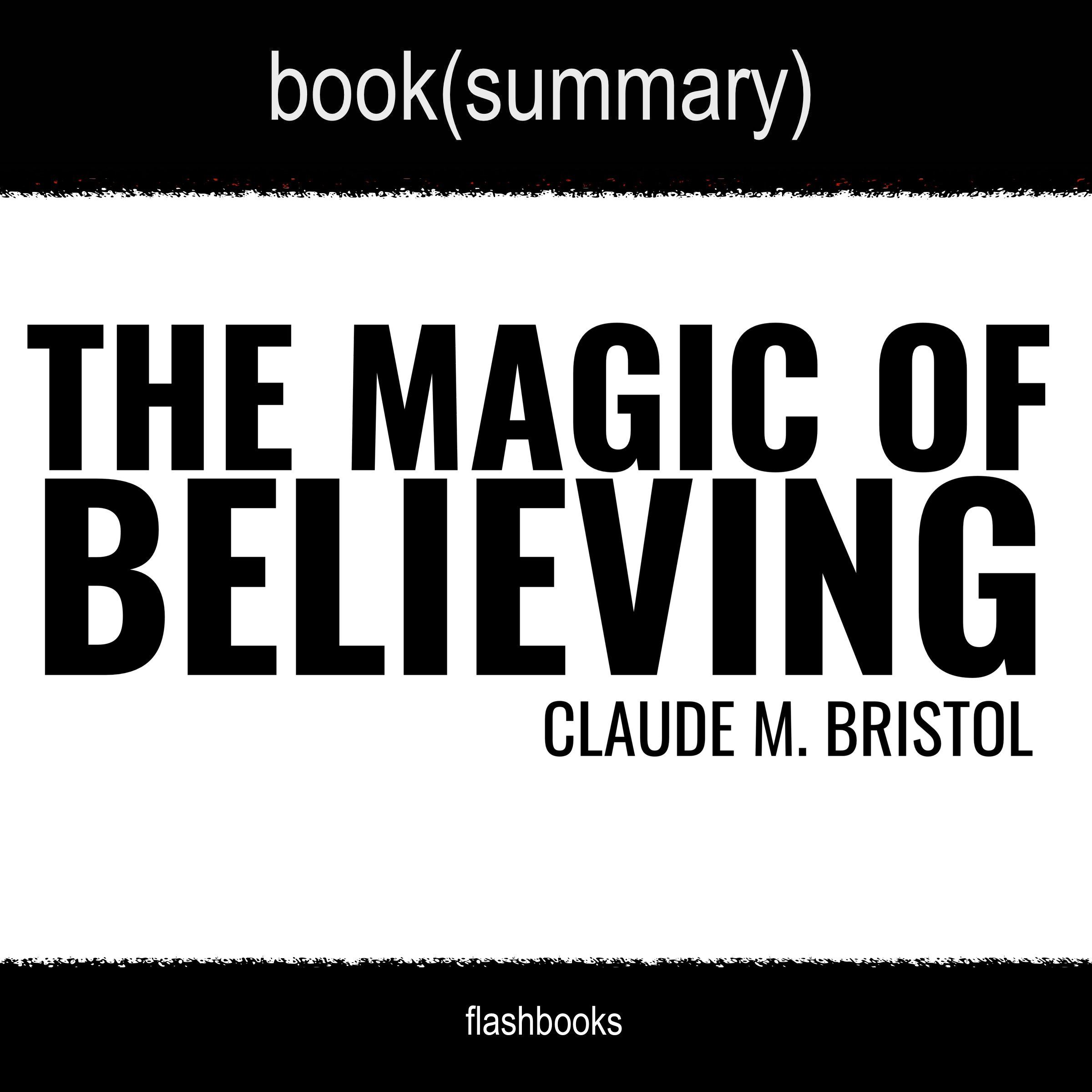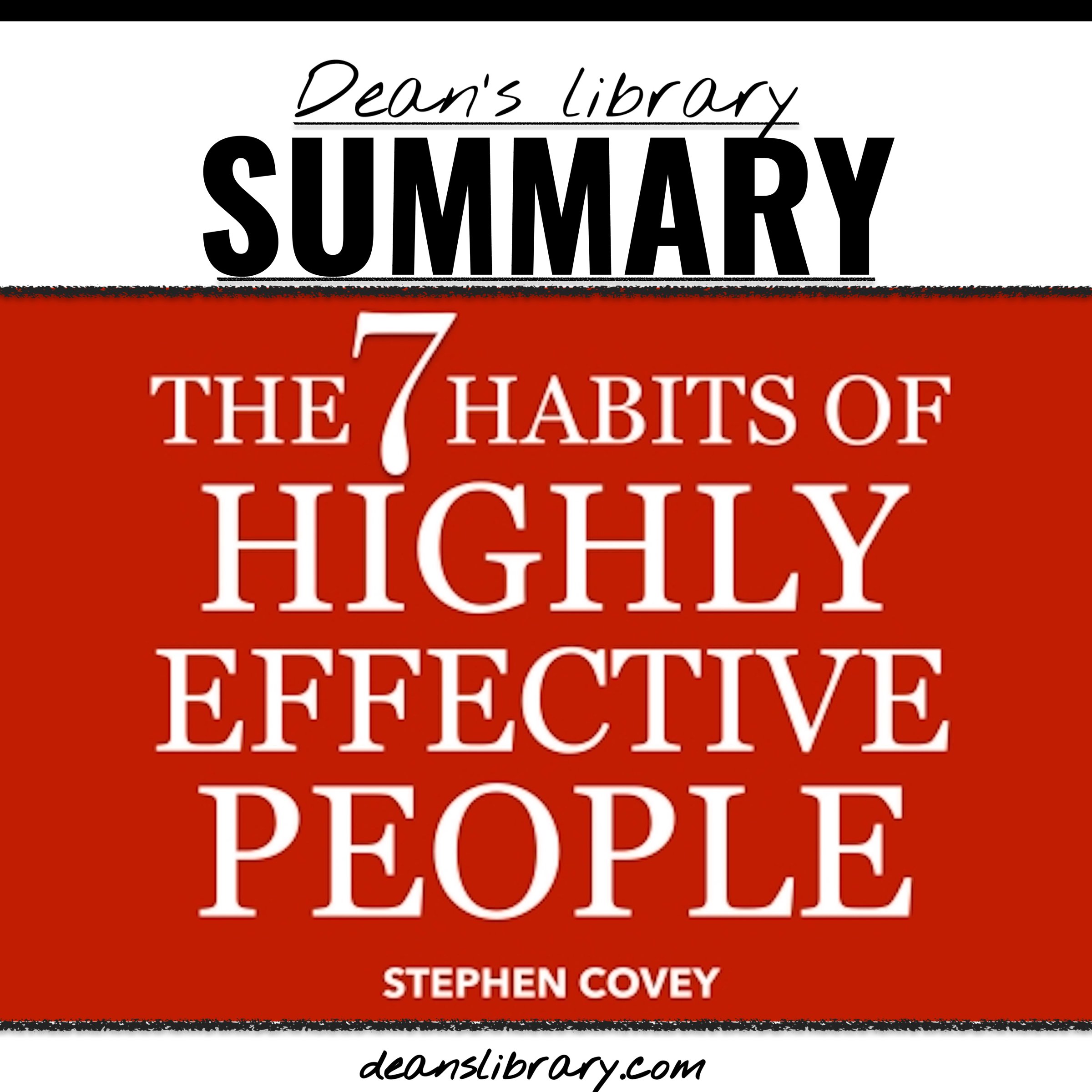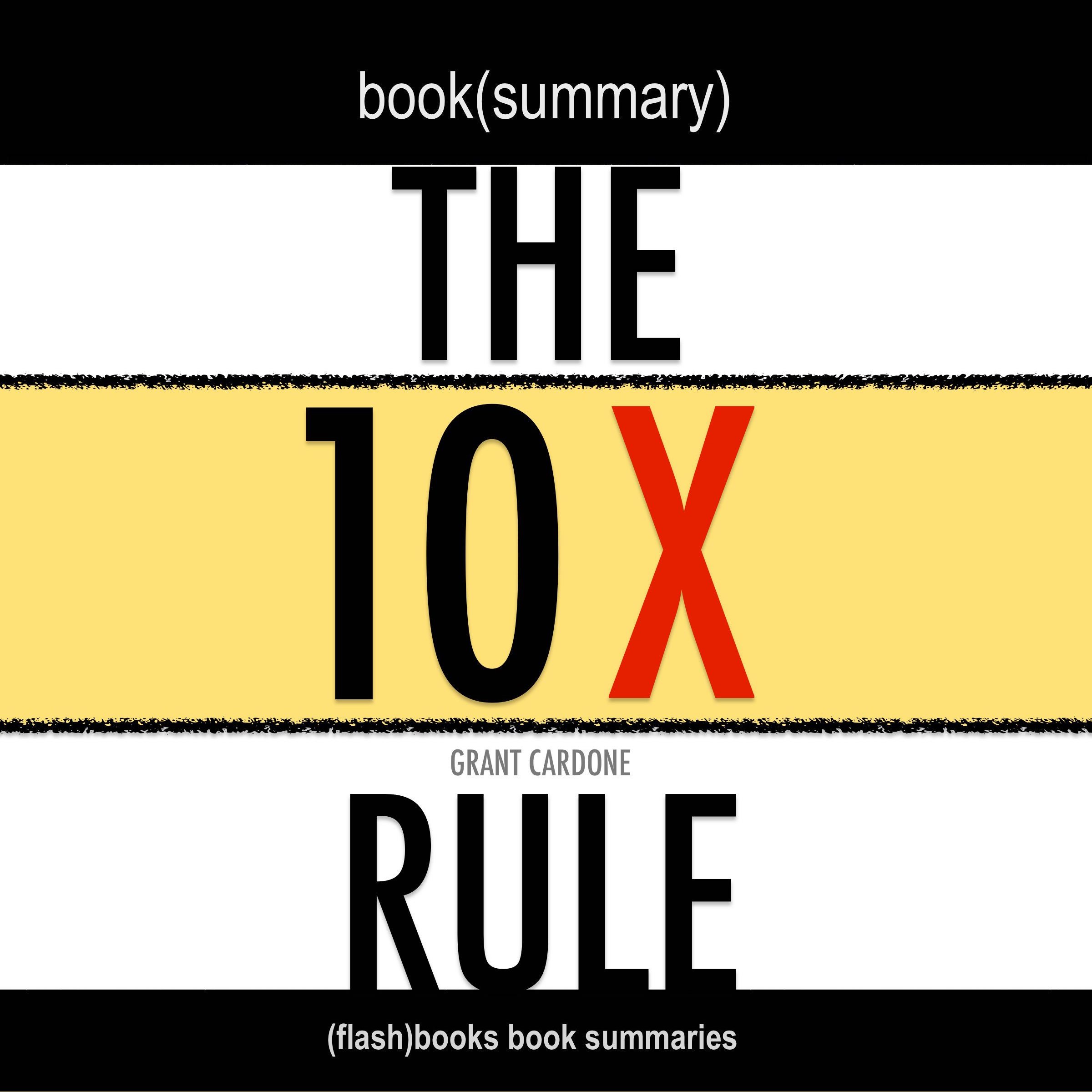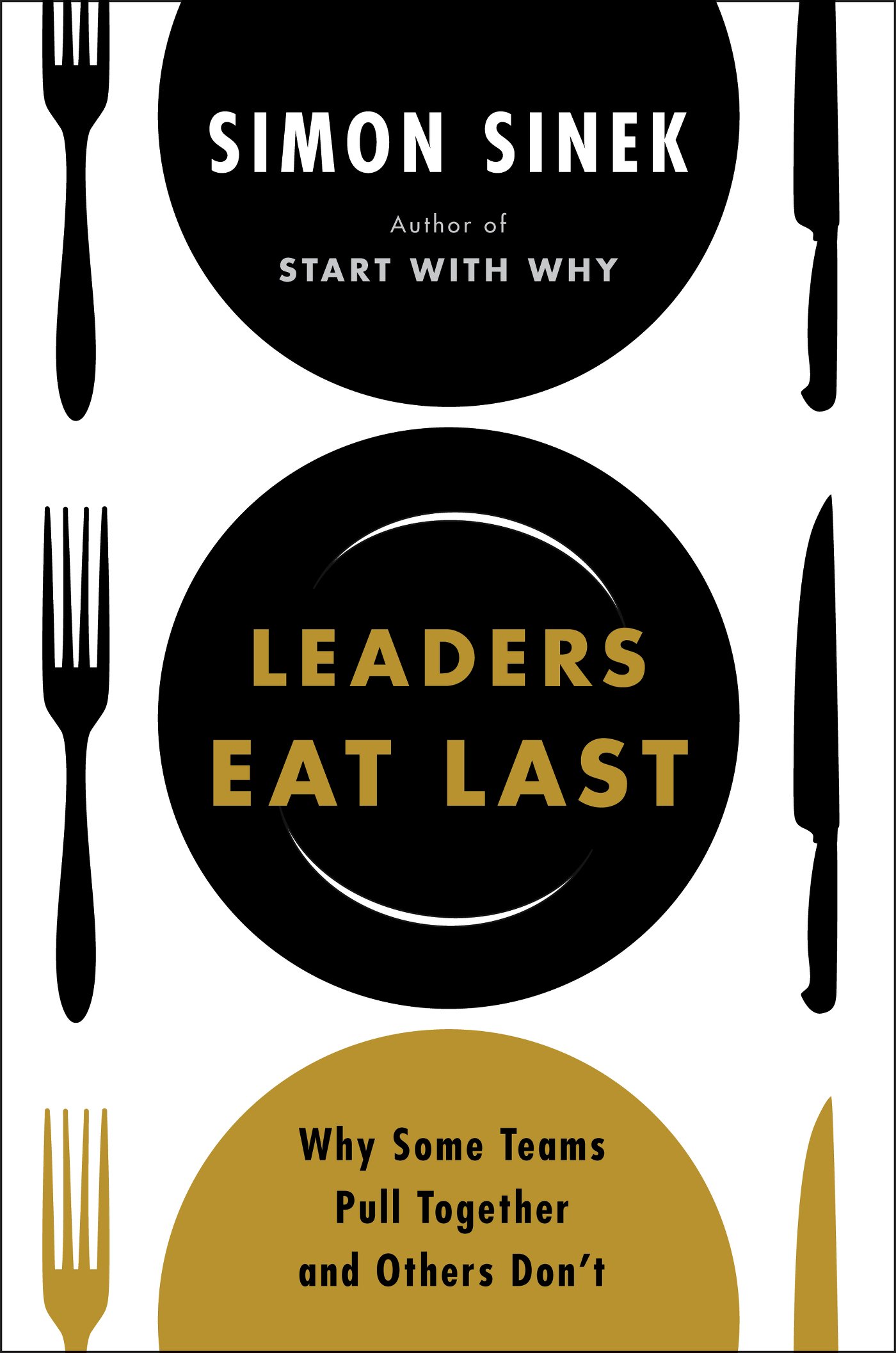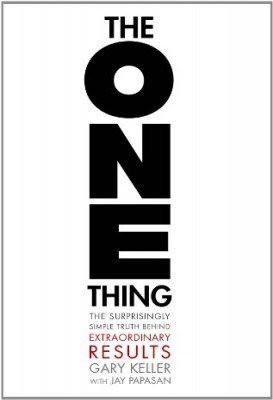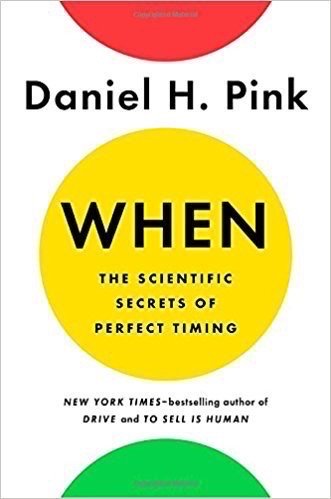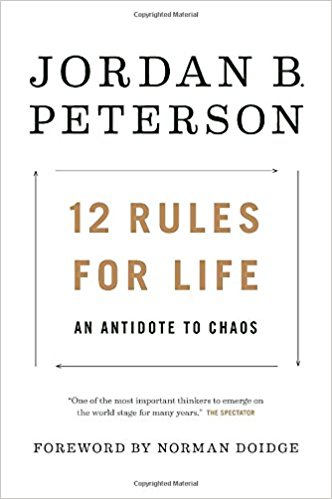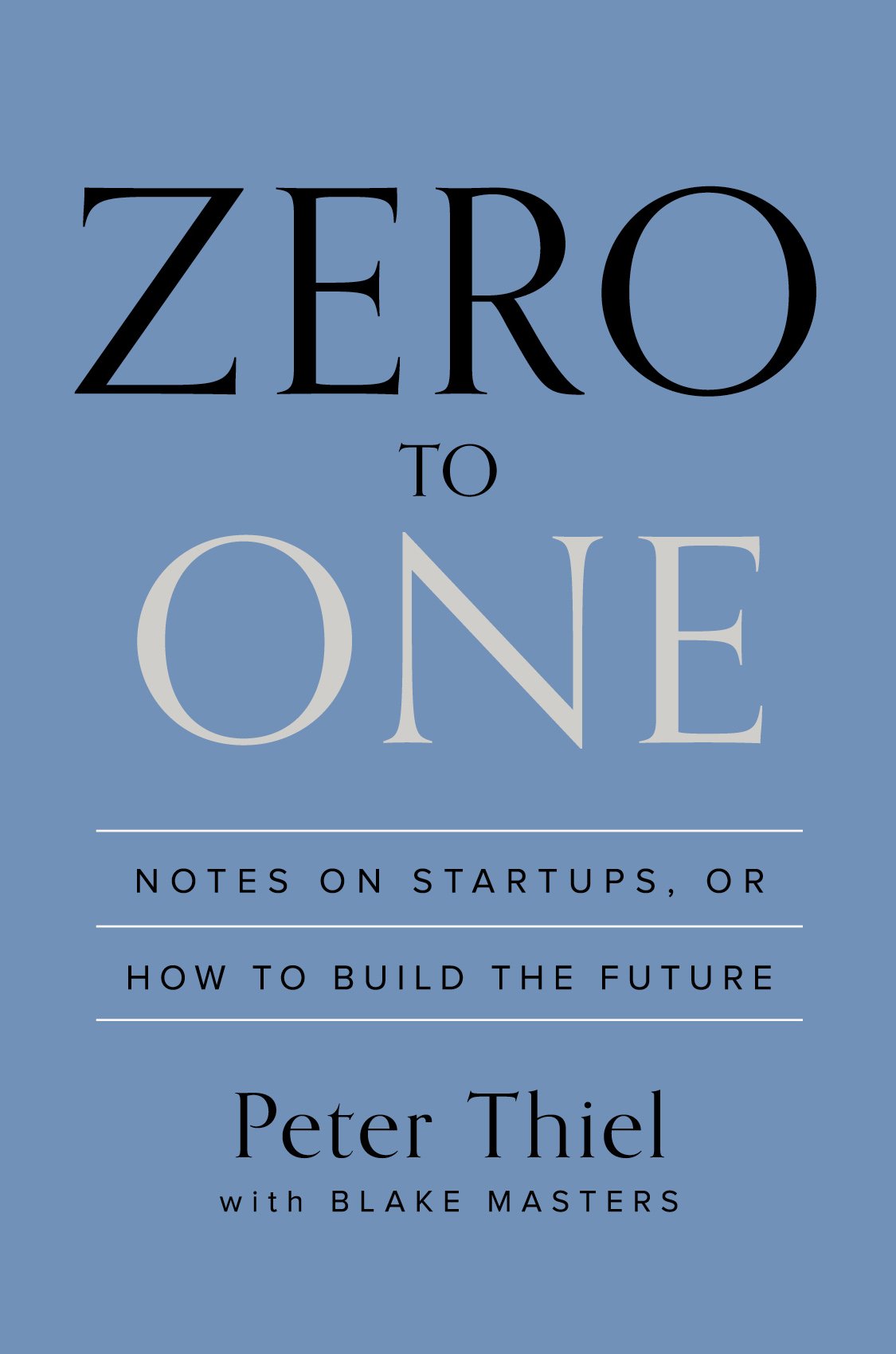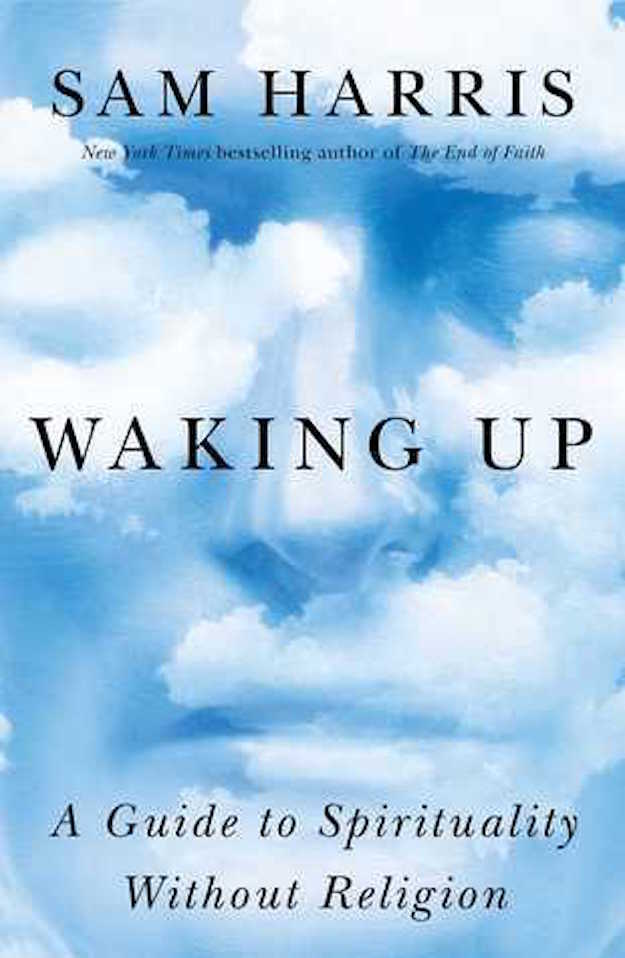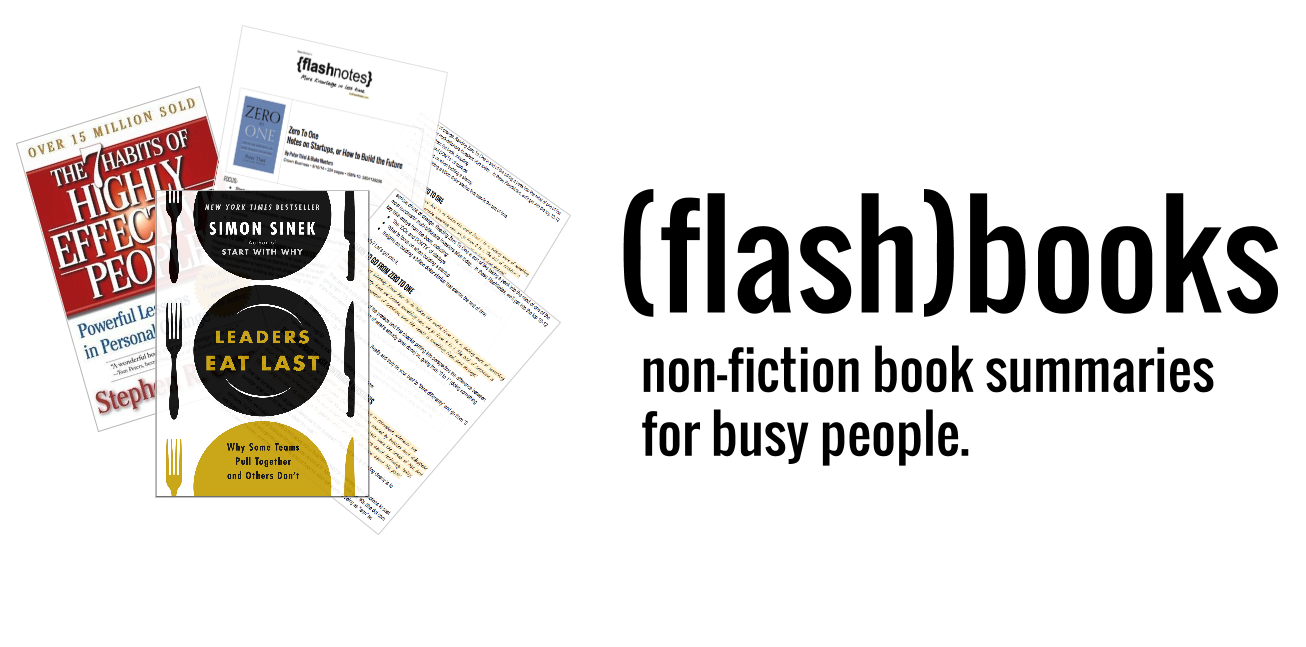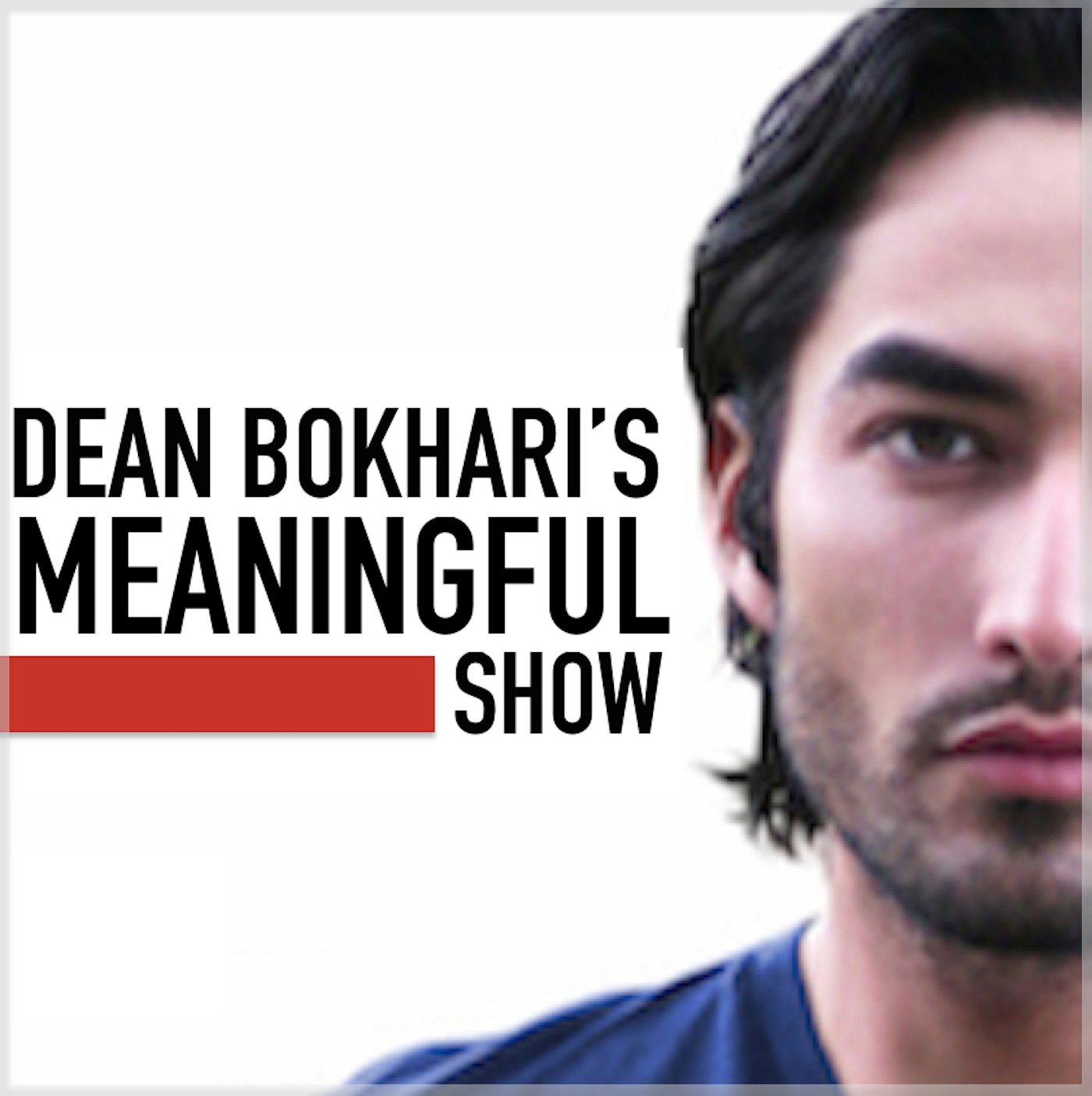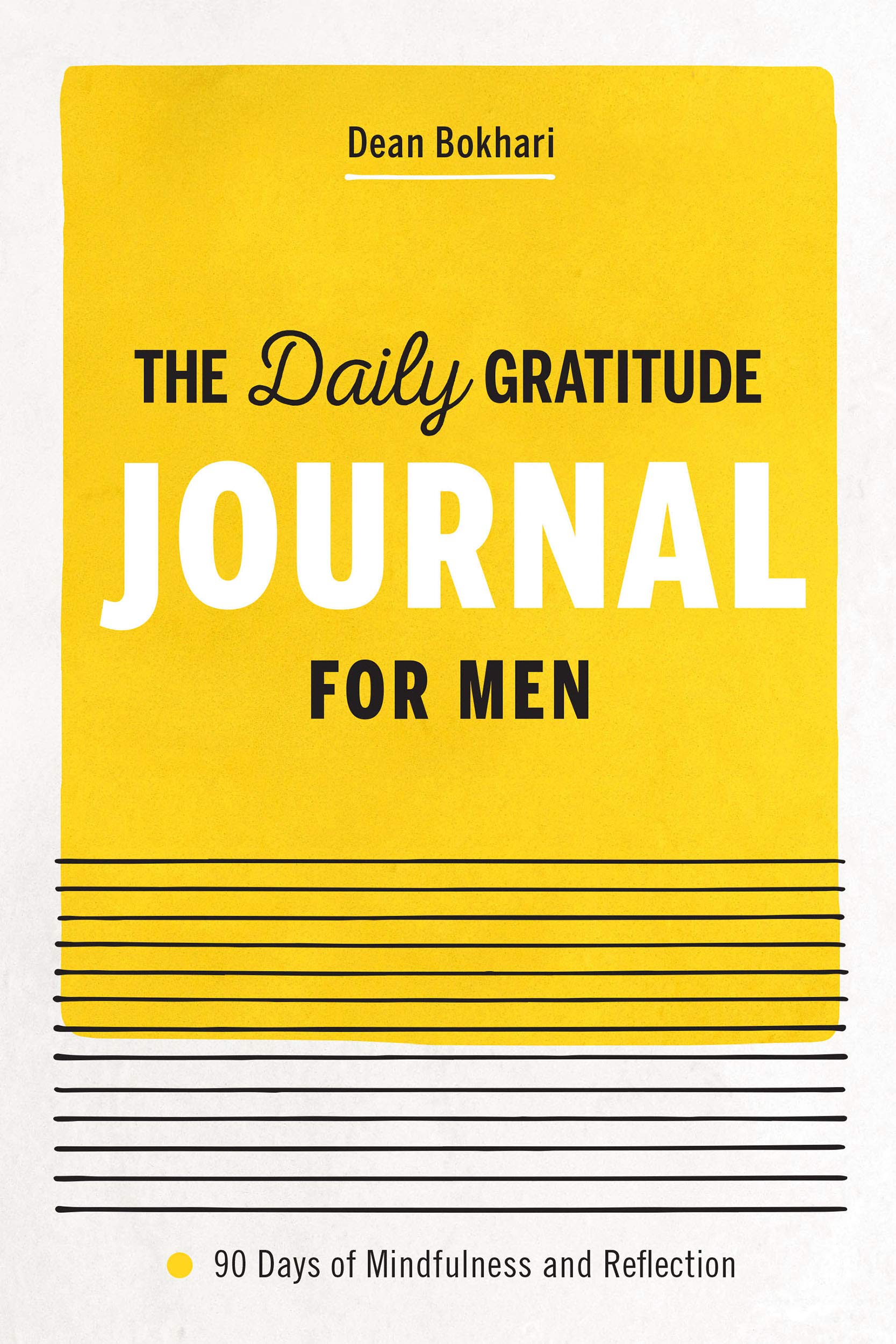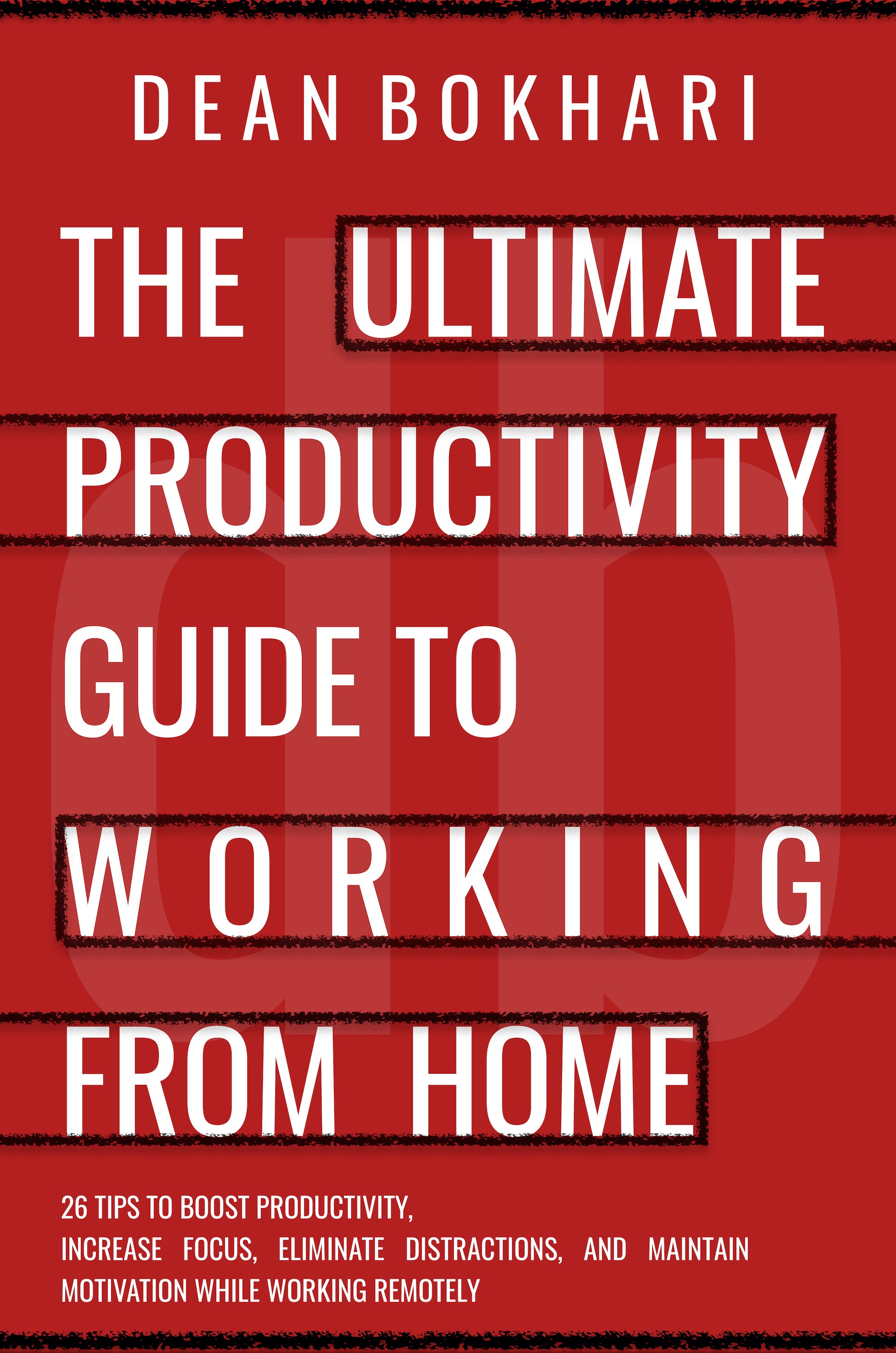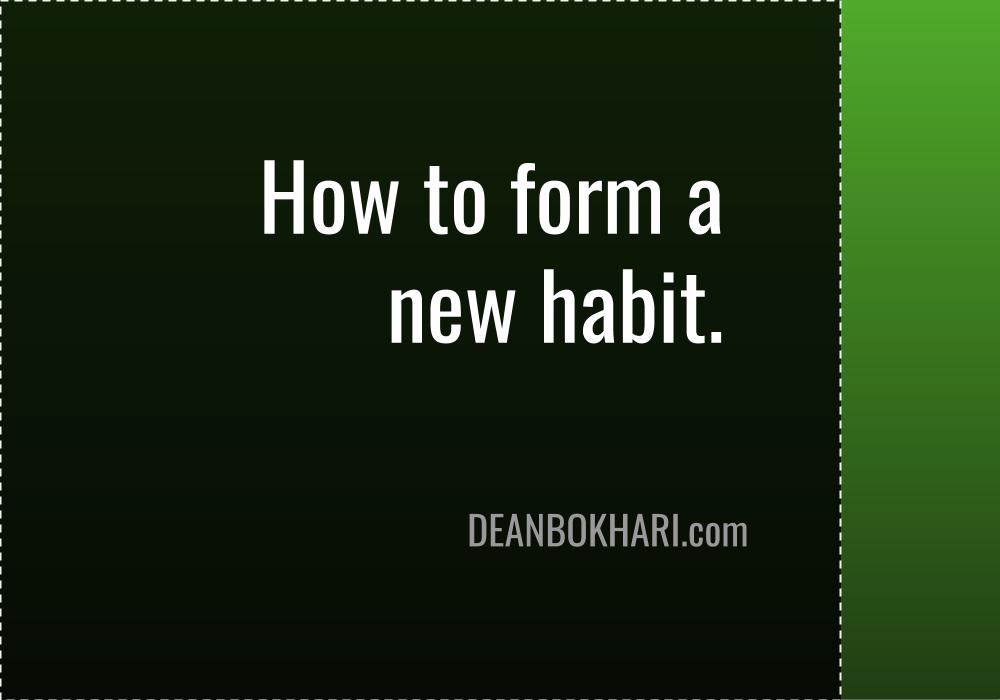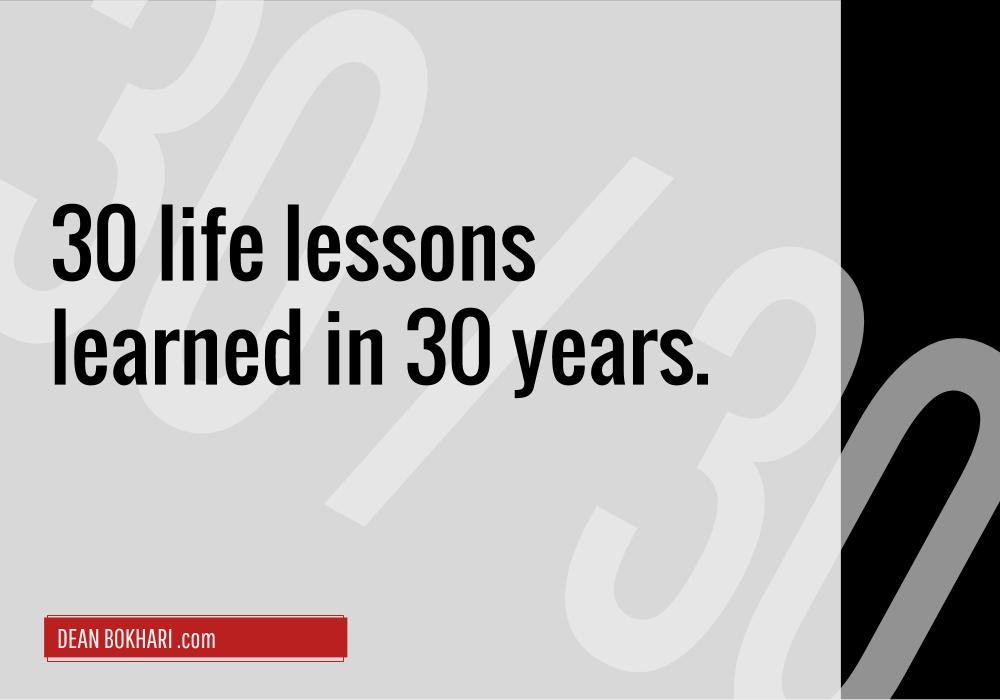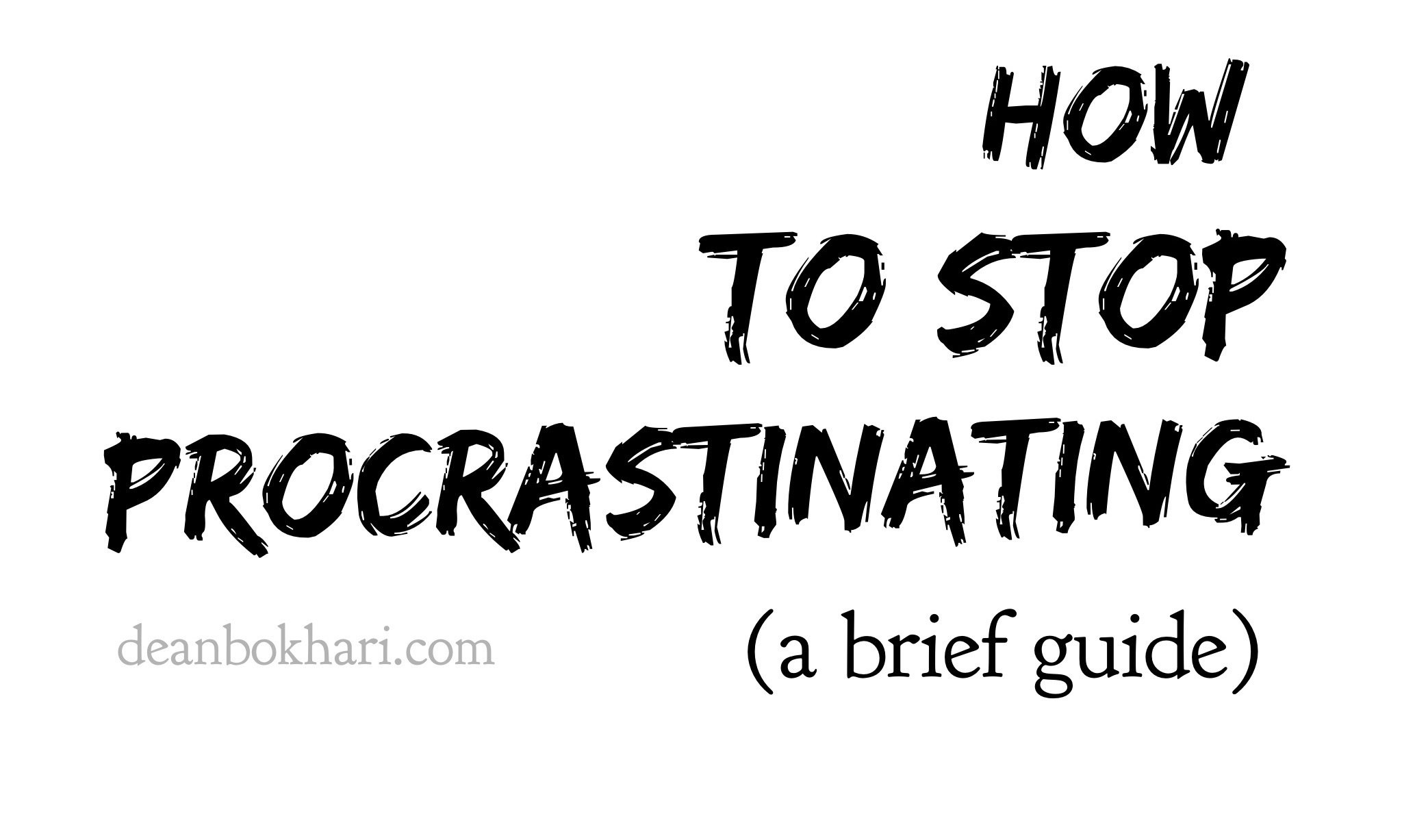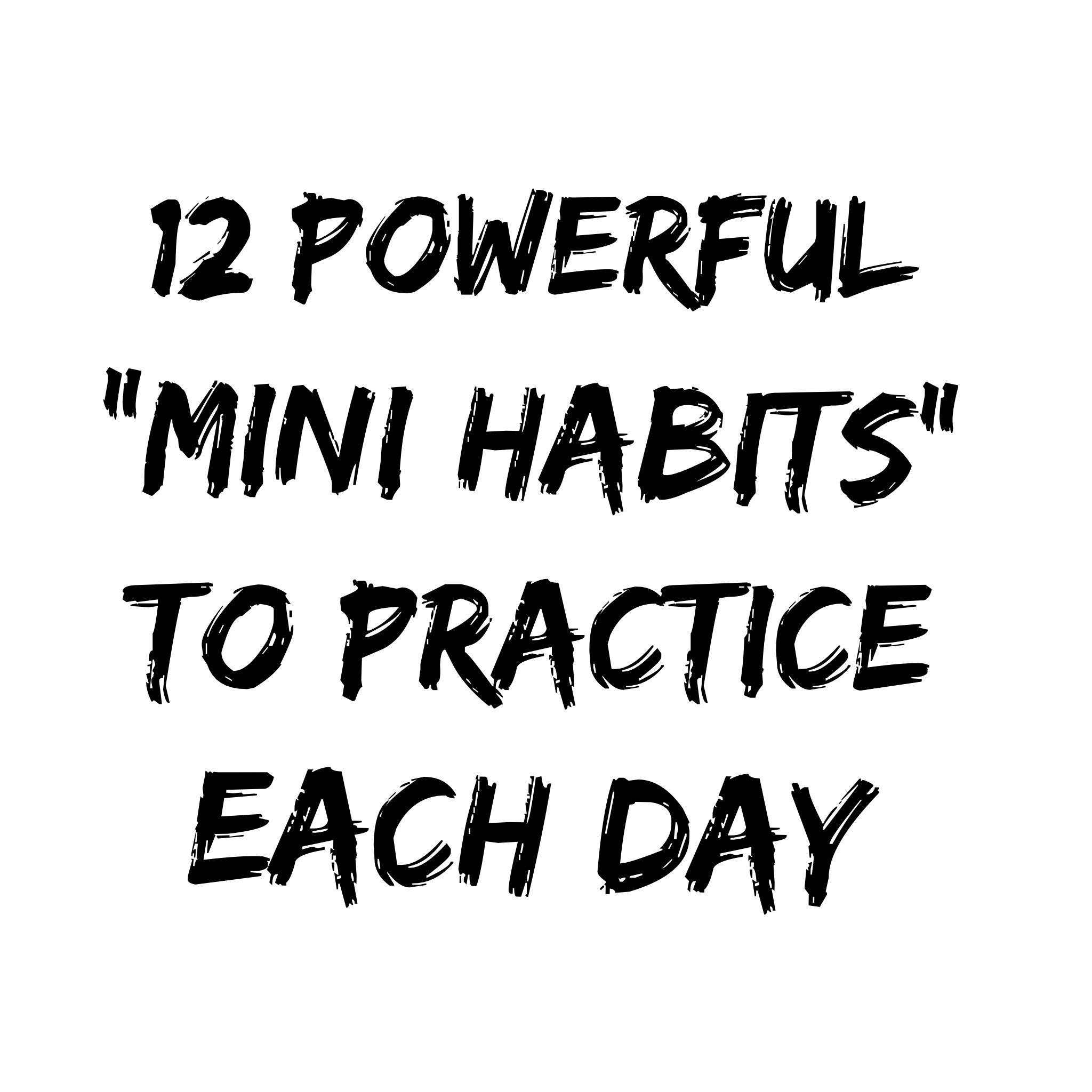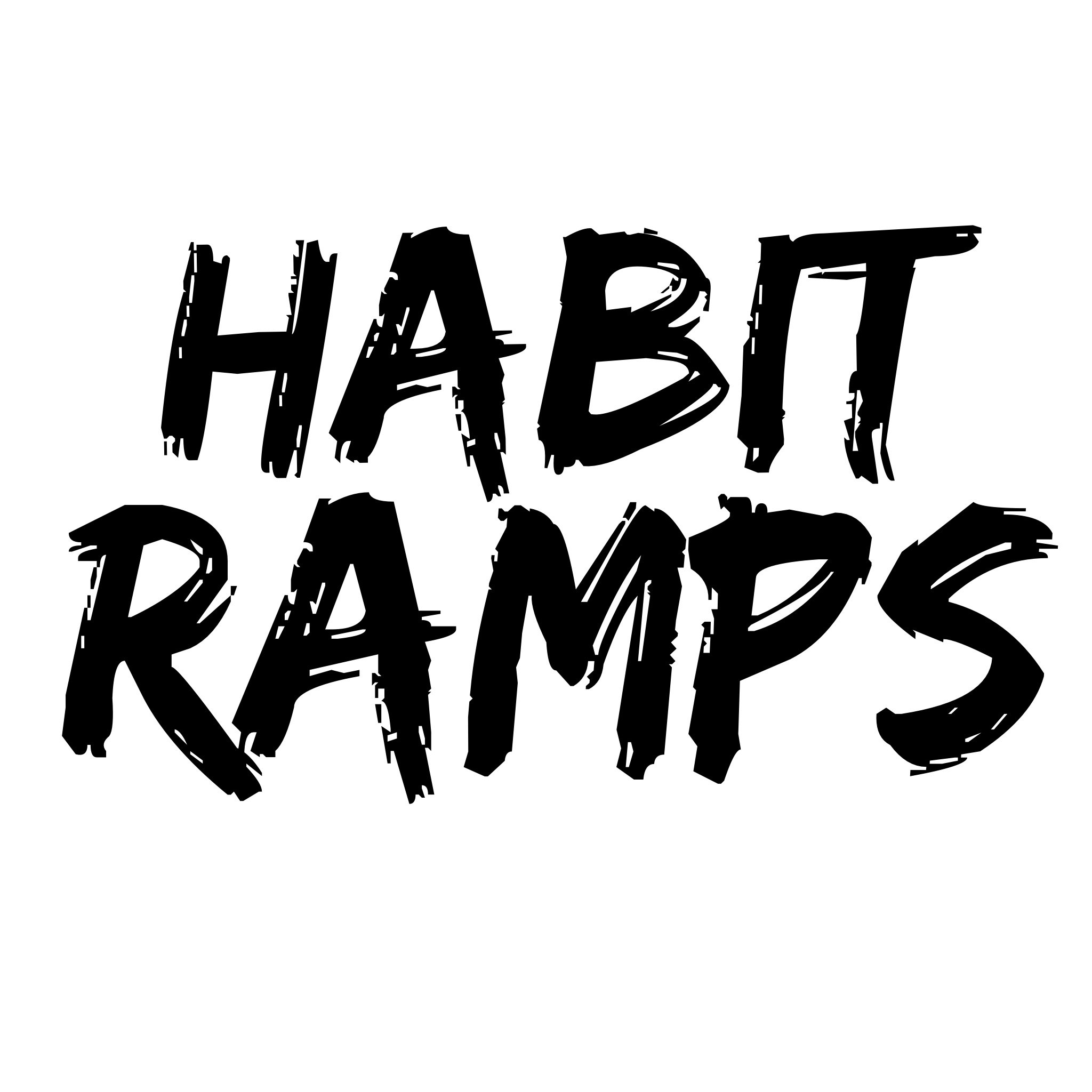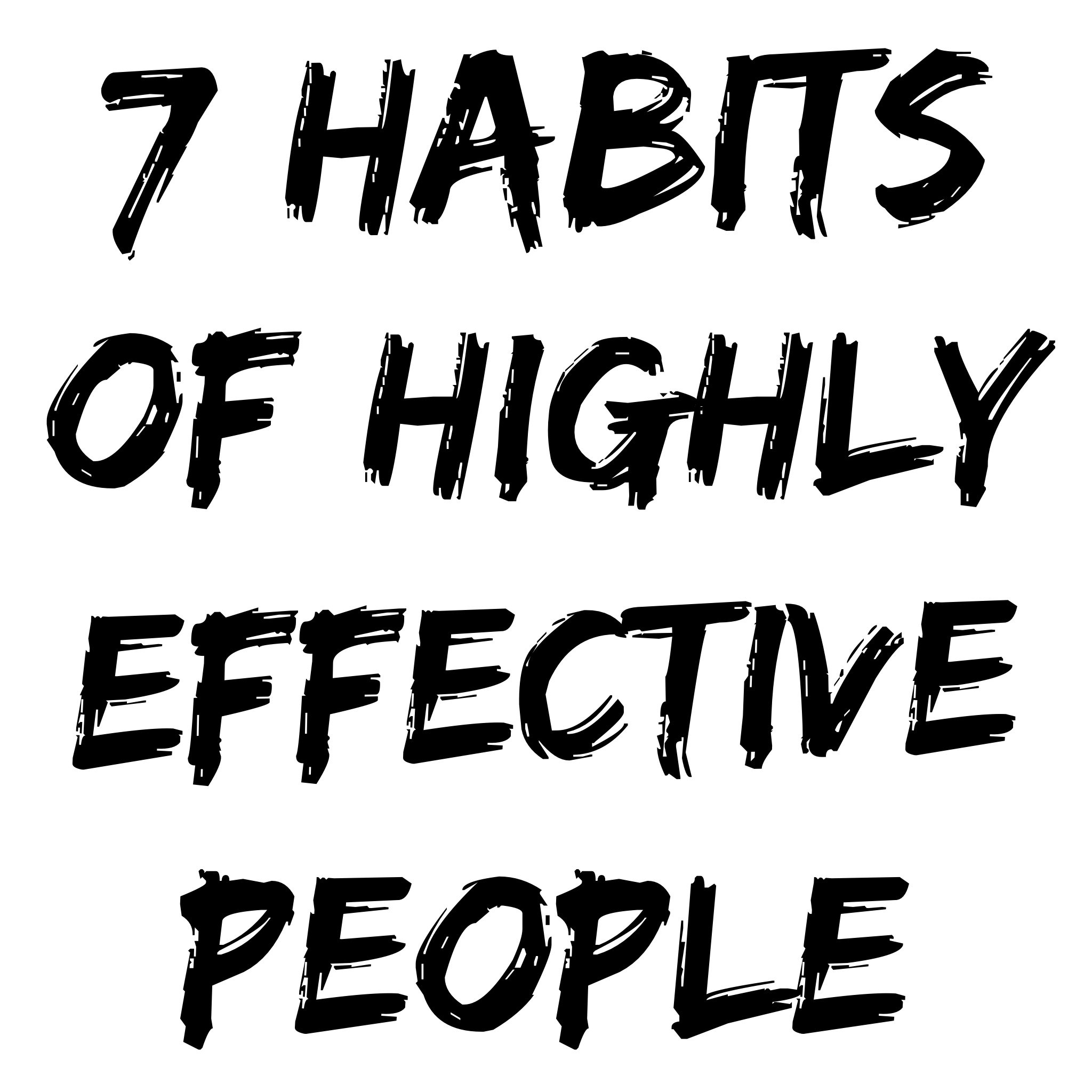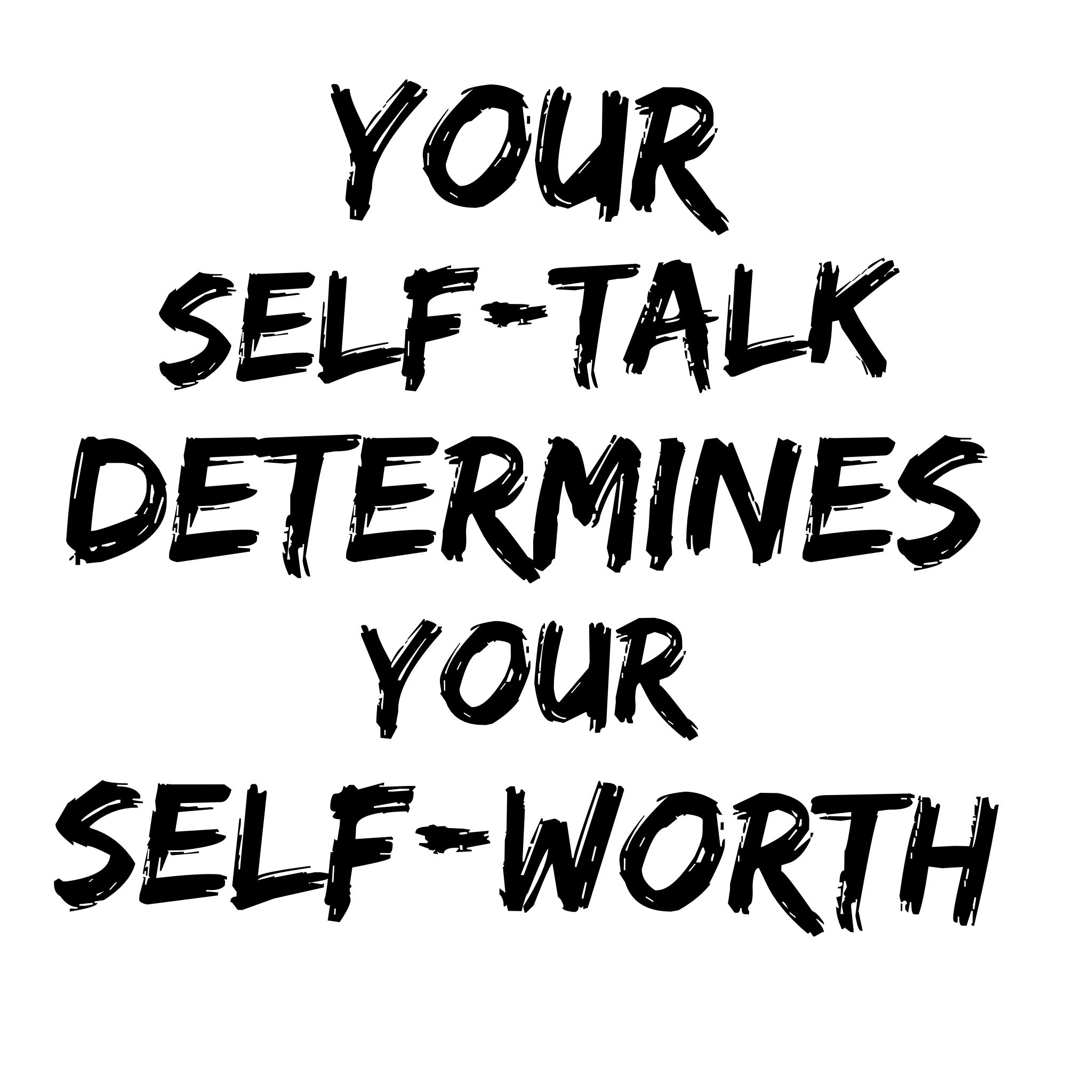Rising Strong by Brené Brown - Book Summary
Crucial quotes
Rising strong after a fall is how we cultivate wholeheartedness in our lives; it’s the process that teaches us the most about who we are.
People who wade into discomfort and vulnerability and tell the truth about their stories are the real badasses.
Vulnerability is not winning or losing; it’s having the courage to show up and be seen when we have no control over the outcome.
When we own our stories, we avoid being trapped as characters in stories someone else is telling.
It is not the critic who counts; not the man who points out how the strong man stumbles, or where the doer of deeds could have done them better. The credit belongs to the man who is actually in the arena, whose face is marred by dust and sweat and blood; who strives valiantly; … who at the best knows in the end the triumph of high achievement, and who at the worst, if he fails, at least fails while daring greatly.
If you like this book summary, then you'll love FlashBooks: top self-help + business book summaries you can read or listen-to in under 20 minutes each. You can join for just $1 and get unlimited access to hundreds of non-fiction book summaries instantly. Get started for $1 here.
Intro/Overview
“…I realized that this book was all about drilling down deep into the most difficult and uncomfortable moments in our lives, getting honest, and holding ourselves accountable to move forward in the after. I wasn’t sure I wanted in on all of that. It seemed hard and dirty and messy and, well, uncomfortable.”
Brené Brown kicks off the book with a lengthy introduction about the book and how to approach it. She tells us that Rising Strong is about getting to the heart of the most painful and uncomfortable moments we’ve ever experienced, getting honest about the way in which they’ve made us feel, and being bold enough to hold ourselves accountable to get up and grow from the past as we move into the future.
She also stresses that—YES—failure is painful—very painful. Unfortunately however, the stories of struggle to success that we’re so often told do little more than glaze right over the pain of failure so that they can spend more time talking about the glorious feeling of success. So what’s the solution? Brown says that what we need is "a critical mass of badasses who are willing to dare, fall, feel their way through tough emotion, and rise again.”
We need to stop “gold-plating grit,” she says. We need to start acknowledging the desperation, the shame, and the vulnerability that comes along with failure. No more glossing over pain. No more keeping it stuffed inside of a bottle. Pain and failure must be reckoned and rumbled with until we experience our own inner revolution; in which we come out as stronger, more wholehearted versions of ourselves.
(CHAPTER ONE: THE PHYSICS OF VULNERABILITY)
Cultivate the courage to embrace Vulnerability
”We can choose courage or we can choose comfort, but we can’t have both. Not at the same time.
Vulnerability is not winning or losing; it’s having the courage to show up and be seen when we have no control over the outcome. Vulnerability is not weakness; it’s our greatest measure of courage."
Having the courage to be vulnerable isn’t about not being afraid to show weakness; it’s about knowing that you’re going to do something you want to do—and that you will fail at doing it. Leaning into this fear and failure is uncomfortable, but that’s something we’ve got to be okay with if we want to fulfill our highest potential—both personally and professionally.
As the author says,
“… A lot of cheap seats in the arena are filled with people who never venture onto the floor. They just hurl mean-spirited criticisms and put-downs from a safe distance. The problem is, when we stop caring what people think and stop feeling hurt by cruelty, we lose our ability to connect. But when we’re defined by what people think, we lose the courage to be vulnerable. Therefore, we need to be selective about the feedback we let into our lives. For me, if you’re not in the arena getting your ass kicked, I’m not interested in your feedback.”
ACTIONABLE INSIGHTS:
- The physics of vulnerability is simple: if we are brave enough often enough, we will fall. Being brave and falling helps us grow and changes us for the better.
After explaining the importance of vulnerability, Brown dives into her “rules” of engagement about courage and rising strong, a few of which we’ll dive into in the next big idea.
Fear, scarcity and comparative suffering
“Falling down, screwing up, and facing hurt often lead to bouts of second-guessing our judgment, our self-trust, and even our worthiness. I am enough can slowly turn into Am I really enough?
Here’s a super-important point Brown makes in the beginning of the book about fear and comparison:
“fear and scarcity immediately trigger comparison, and even pain and hurt are not immune to being assessed and ranked.
My husband died and that grief is worse than your grief over an empty nest.
I’m not allowed to feel disappointed about being passed over for promotion when my friend just found out that his wife has cancer.
You’re feeling shame for forgetting your son’s school play? Please— that’s a first-world problem; there are people dying of starvation every minute.
The opposite of scarcity is not abundance; the opposite of scarcity is simply enough. Empathy is not finite, and compassion is not a pizza with eight slices. When you practice empathy and compassion with someone, there is not less of these qualities to go around. There’s more. Love is the last thing we need to ration in this world. The refugee in Syria doesn’t benefit more if you conserve your kindness only for her and withhold it from your neighbor who’s going through a divorce.”
… Wow, what a knowledge bomb. How often do we shame others/ourselves for feeling bad or complaining about a negative event simply because it wasn’t as catastrophic as hurricane Katrina?
“Yes, perspective is critical” says, Brown, “But I’m a firm believer that complaining is okay as long as we piss and moan with a little perspective. Hurt is hurt, and every time we honor our own struggle and the struggles of others by responding with empathy and compassion, the healing that results affects all of us.”
Let’s close out this big idea with a few more of Brown’s most important guiding principles about rising strong:
We’re literally wired for story “neuroscientist Antonio Damasio reminds us, humans are not either thinking machines or feeling machines, but rather feeling machines that think … If we can learn how to feel our way through these experiences and own our stories of struggle, we can write our own brave endings. When we own our stories, we avoid being trapped as characters in stories someone else is telling.”
Spirituality is important Another one of Brown’s rules of engagement is about spirituality. She notes that she interviewed a wide variety of people who fell down and embraced the rising strong process to get back up; and one of the things that all of them had in common was a sense of spirituality, which she defines as follows: “Spirituality is recognizing and celebrating that we are all inextricably connected to one another by a power greater than all of us, and that our connection to that power and to one another is grounded in love and belonging. Practicing spirituality brings a sense of perspective, meaning, and purpose to our lives"
Creativity is crucial ”Creativity embeds knowledge so that it can become practice. We move what we’re learning from our heads to our hearts through our hands."
Live wholeheartedly The final principle we’ll cover is about wholehearted living, which Brown defines as follows: “engaging in our lives from a place of worthiness. It means cultivating the courage, compassion, and connection to wake up in the morning and think, No matter what gets done and how much is left undone, I am enough. It’s going to bed at night thinking, Yes, I am imperfect and vulnerable and sometimes afraid, but that doesn’t change the truth that I am brave and worthy of love and belonging."
(CHAPTER TWO: CIVILIZATION STOPS AT THE WATER LINE)
Story is king
At some point in her ongoing research about vulnerability, shame, failure, and rising strong, Brené’ Brown had an opportunity visit with the leaders of Pixar Studios (in case you’re wondering—Pixar is an insanely successful company that produces animated films.)
During her initial visit, she found a framed message hanging on the wall of Pixar’s creative department, prominently displaying a headline underscored by three simple sentences:
“STORY IS KING”
“1: Story is the big picture.”
(This is when you recognize a purpose, or call to action you feel you MUST fulfill.)
“2: Story is process.”
(This is when you embark on a journey to fulfill your purpose. It’s also the hardest part. This is when you struggle.)
“3: Story is research.”
(This is when you’ve “found yourself,” or when you’ve finally found fulfillment in your purpose. Now you dedicate yourself to continuous learning and mastery. “Living happily ever after.”)
Shortly after reading these sentences, she learned about how everything Pixar creates is based around a 3-part story-telling framework (which we’ll be getting into momentarily.) And then she had an epiphany of sorts, regarding the Rising Strong process that she’d been working on and developing for this book…
Could it be that everything in our lives fits into a similar 3-part story-telling framework? The answer, she realized, was a resounding and enthusiastic “YES.”
Eventually, she was able to block together a story-based framework of her own to provide a process for us to use as we navigate through the concepts in this book. Here’s how it goes…
The Rising Strong Process
”The goal of the [Rising Strong] process is to rise from our falls, overcome our mistakes, and face hurt in a way that brings more wisdom and wholeheartedness into our lives.”
First we “reckon.”
Then we “rumble.”
And then we wage a “revolution.”
… This is the Rising Strong process.
Let’s go into a little more detail, shall we?
The Reckoning—Men and women who rise strong are willing and able to reckon with their emotions. First, they recognize that they’re feeling something—a button has been pushed, they’re hooked, something is triggered, their emotions are off-kilter. Second, they get curious about what’s happening and how what they’re feeling is connected to their thoughts and behaviors. Engaging in this process is how we walk into our story.
The Rumble—Men and women who rise strong are willing and able to rumble with their stories. By rumble, I mean they get honest about the stories they’ve made up about their struggles and they are willing to revisit, challenge, and reality-check these narratives as they dig into topics such as boundaries, shame, blame, resentment, heartbreak, generosity, and forgiveness. Rumbling with these topics and moving from our first responses to a deeper understanding of our thoughts, feelings, and behaviors gives birth to key learnings about who we are and how we engage with others. The rumble is where wholeheartedness is cultivated and change begins.
The Revolution—Unlike evolutionary change, which is incremental, revolutionary change fundamentally transforms our thoughts and beliefs. Rumbling with our story and owning our truth in order to write a new, more courageous ending transforms who we are and how we engage with the world. Men and women who rise strong integrate the key learnings that emerge from the rising strong process into how they live, love, lead, parent, and participate as citizens. This has tremendous ramifications not only for their own lives, but also for their families, organizations, and communities.
As we continue onward with this book summary, we’ll dive in to greater detail with regard to each part of the Rising Strong process. But for now, keep the following actionable insights in mind…
ACTIONABLE INSIGHTS:
- THE RECKONING: WALKING INTO OUR STORY—Recognize emotion, and get curious about our feelings and how they connect with the way we think and behave.
- THE RUMBLE: OWNING OUR STORY—Get honest about the stories we’re making up about our struggle, then challenge these confabulations and assumptions to determine what’s truth, what’s self-protection, and what needs to change if we want to lead more wholehearted lives. *THE REVOLUTION—Write a new ending to our story based on the key learnings from our rumble and use this new, braver story to change how we engage with the world and to ultimately transform the way we live, love, parent, and lead.
The following big ideas build upon this Rising Strong process.
(CHAPTER THREE: OWNING OUR STORIES)
If you like this book summary, then you’ll love FlashBooks Book Summaries – Top self-help + business book summaries you can read or listen-to in under 20 minutes each. You can join for just $1 and get unlimited access to hundreds of non-fiction book summaries instantly. Get started for $1 here.
Own your story
”A map does not just chart, it unlocks and formulates meaning; it forms bridges between here and there, between disparate ideas that we did not know were previously connected.” —Reif Larsen
“Owning our story and loving ourselves through that process is the bravest thing we’ll ever do.” I still believe in this quote from two of my previous books—maybe now more than ever. But I know that it takes more than courage to own your story. We own our stories so we don’t spend our lives being defined by them or denying them. And while the journey is long and difficult at times, it is the path to living a more wholehearted life.”
A critical component of Rising Strong is to own your story, which is usually split into 3 “acts.” To make this point, Brené Brown borrows from author Joseph Campbell’s famous piece known as the “hero’s journey.” Here’s how it goes:
Act 1: The protagonist is called to adventure and accepts the adventure. The rules of the world are established, and the end of Act 1 is the “inciting incident.”
Act 2: The protagonist looks for every comfortable way to solve the problem. By the climax, he learns what it’s really going to take to solve the problem. This act includes the “lowest of the low.”
Act 3: The protagonist needs to prove she’s learned the lesson, usually showing a willingness to prove this at all costs. This is all about redemption—an enlightened character knowing what to do to resolve a conflict.
ACTIONABLE INSIGHTS:
It’s a good idea to take a moment to think about your own story and fill in your own unique experiences into this 3-act framework. Pick any area of your life and see if you can identify an event within that falls within this framework. This could be something that has already happened—like a struggle-to-success story of going from broke and busted, to total financial freedom. Or it could be something you’re going right now, in which case you might be in the middle of “Act 2”—in which case you might not be able to finish filling out the whole thing. Either way, take a few minutes to write in a sentence or two (or more) to describe an experience that relates to each “act.”
- Act 1: The call to the adventure.
- Act 2: The hardest part; the struggle.
- Act 3: We lean in to the discomfort and the vulnerability and we work it out.
Integrating
“The Latin root of the word integrate is integrare, which means “to make whole.” Integrating is the engine that moves us through the reckoning, the rumble, and the revolution, and the goal of each of these processes is to make ourselves whole. Participants spoke about the importance of feeling genuine, authentic, and whole rather than always compartmentalizing their lives or hiding parts of themselves or editing their stories. The tools they used to integrate their stories of falling are readily available to all of us because they are deeply human and part of our wholeness: storytelling and creativity (primarily writing about or taking notes on their experiences).
“If integrate means “to make whole,” then its opposite is to fracture, disown, disjoin, detach, unravel, or separate. I think many of us move through the world feeling this way. The irony is that we attempt to disown our difficult stories to appear more whole or more acceptable, but our wholeness—even our wholeheartedness—actually depends on the integration of all of our experiences, including the falls.”
ACTIONABLE INSIGHTS:
- What are your difficult stories? Start a journal and get them down on paper. Write down whatever feelings—regardless of how negative they may be—that you associate with this difficult story.
(CHAPTER FOUR: THE RECKONING)
You’re the hero in the journey
“You may not have signed up for a hero’s journey, but the second you fell down, got your butt kicked, suffered a disappointment, screwed up, or felt your heart break, it started. It doesn’t matter whether we are ready for an emotional adventure—hurt happens. And it happens to every single one of us. Without exception. The only decision we get to make is what role we’ll play in our own lives: Do we want to write the story or do we want to hand that power over to someone else? Choosing to write our own story means getting uncomfortable; it’s choosing courage over comfort. One of the truisms of wholehearted living is You either walk into your story and own your truth, or you live outside of your story, hustling for your worthiness. Walking into a story about falling down can feel like being swallowed whole by emotion. Our bodies often respond before our conscious minds, and they are hardwired to protect—to run or fight. Even with small, everyday conflicts and disappointments, physical and emotional intolerance for discomfort is the primary reason we linger on the outskirts of our stories, never truly facing them or integrating them into our lives. We disengage to self-protect.”
Here’s the deal—the people that decide to OWN their stories and reckon with emotion; the people that get uncomfortable and feel the emotional discomfort of facing fear and being vulnerable—are the ones that rise strong. Reckoning with emotion is a clear pattern among men and women who rise strong from hurt or adversity.
ACTIONABLE INSIGHTS:
- Brown advises us that the “good news is that in our reckoning we don’t have to pinpoint the emotion accurately—we just need to recognize that we’re feeling something. There will be time to sort out exactly what we’re feeling later.”
- People tend to avoid recognizing their emotions or feelings and instead resort to “off-loading” them — rather than saying, “I failed,” they move to “I am a failure.” Doing this allows failures to define us… so let’s reckon with our feelings and get curious about why we feel so upset about a failure so that we can work it out with ourselves rather than let it define who we are. The goal here is simply to recognize that emotions and feelings are in play.
Your thoughts + actions + feelings are like a three-legged stool
“While some researchers and clinicians argue that you can change your life by just changing your thoughts, actions, or feelings, I have seen no evidence in my research that real transformation happens until we address all three as equally important parts of a whole, parts that are inextricably connected to one another, like a three-legged stool.”
This is similar to people that follow the old self-help advice to just “think positive.”
If we THINK positive, but we still FEEL negative, then how will we ACT?
Positive thinking is powerful, but only when we think of it as one of the three necessary legs that reinforces the stool we’re sitting on.
If we don’t want the stool to wobble or break, we’ve got to make sure we give each leg the care it needs to keep us from falling down and getting hurt.
Get curious
“rising strong requires getting curious about our experience. This means having the willingness to open a line of inquiry into what’s going on and why. Again, the good news is that you don’t need to answer those questions right off the bat. You just need to want to learn more: Why am I being so hard on everyone around me today? What’s setting me off? How did I get to the point that I want to punch this wall? I want to dig in to why I’m so overwhelmed. I can’t stop thinking about that conversation at work. Why not? I’m having such a strong emotional reaction—what’s going on?”
Brown tells us that our bodies respond to EMOTION FIRST, and they often direct us to shut down or disengage. This is why we need to train ourselves to get curious about our emotions and develop a desire to learn more about why we feel the way we do.
Here’s Brown with more on that:
”The opposite of recognizing that we’re feeling something is denying our emotions. The opposite of being curious is disengaging. When we deny our stories and disengage from tough emotions, they don’t go away; instead, they own us, they define us. Our job is not to deny the story, but to defy the ending—to rise strong, recognize our story, and rumble with the truth until we get to a place where we think, Yes. This is what happened. This is my truth. And I will choose how this story ends.”
Fear and emotional porn
“What gets in the way of reckoning with emotion is exactly what gets in the way of engaging in other courageous behaviors: fear. We don’t like how difficult emotions feel and we’re worried about what people might think. We don’t know what to do with the discomfort and vulnerability. Emotion can feel terrible, even physically overwhelming. We can feel exposed, at risk, and uncertain in the midst of emotion. Our instinct is to run from pain. In fact, most of us were never taught how to hold discomfort, sit with it, or communicate it, only how to discharge or dump it, or to pretend that it’s not happening. If you combine that with the instinctual avoidance of pain, it’s easy to understand why off-loading becomes a habit. Both nature and nurture lead us to off-load emotion and discomfort, often onto other people. The irony is that at the exact same time that we are creating distance between ourselves and the people around us by off-loading onto others, we are craving deeper emotional connection and richer emotional lives.”
Miriam Greenspan, a psychotherapist and the author of Healing Through the Dark Emotions, was interviewed by Jungian therapist Barbara Platek in a 2008 issue of The Sun Magazine. The article explains why she believes our culture is “emotion phobic” and that we fear and devalue emotion. She warns:
“But despite our fear, there is something in us that wants to feel all these emotional energies, because they are the juice of life. When we suppress and diminish our emotions, we feel deprived. So we watch horror movies or so-called reality shows like Fear Factor. We seek out emotional intensity vicariously, because when we are emotionally numb, we need a great deal of stimulation to feel something, anything. So emotional pornography provides the stimulation, but it’s only ersatz emotion—it doesn’t teach us anything about ourselves or the world.”
We can’t learn much about ourselves, our relationships, or the world without recognizing and getting curious about emotion.
We just need to be honest and curious.
Saying something like, “I’m having an emotional reaction to what’s happened and I want to understand” is enough for the reckoning.
But it’s still difficult for people to do in our culture. Which is why we really need to be extra-mindful about getting curious…
Cultivating emotional curiosity
“Choosing to be curious is choosing to be vulnerable because it requires us to surrender to uncertainty. It wasn’t always a choice; we were born curious. But over time, we learn that curiosity, like vulnerability, can lead to hurt. As a result, we turn to self-protecting—choosing certainty over curiosity, armor over vulnerability, and knowing over learning. But shutting down comes with a price—a price we rarely consider when we’re focused on finding our way out of pain.”
If we want to learn and grow and get stronger—we need to cultivate a sense of curiosity about ourselves and our environment. We need to explore and ask questions.
Curiosity contributes to who we really are
”Curiosity led me to adopt and live by the belief that “nothing is wasted”—a belief that shapes how I see the world and my life. I can now look back at my often rough-and-tumble past and understand how dropping out of school, hitchhiking across Europe, bartending and waiting tables, working as a union steward, and taking customer service calls in Spanish on the night shift at AT&T taught me as much about empathy as my career as a social worker, teacher, and researcher. I used to look back at those far-flung dots as mistakes and wasted time, but allowing myself to be curious about who I am and how everything fits together changed that. As difficult and dark as some of those times were, they all connect to form the real me, the integrated and whole me.
ACTIONABLE INSIGHTS:
- The upside of curiosity outweighs discomfort. A study published in the October 22, 2014, issue of the journal Neuron suggests that the brain’s chemistry changes when we become curious, helping us better learn and retain information. But curiosity is uncomfortable because it involves uncertainty and vulnerability.
- Take a moment to think about your own life experiences… How do they come together and make you whole?
The information gap
“The most common barrier to getting curious about emotion is having a dry well. In his groundbreaking 1994 article “The Psychology of Curiosity,” George Loewenstein introduced his information gap perspective on curiosity. Loewenstein, a professor of economics and psychology at Carnegie Mellon University, proposed that curiosity is the feeling of deprivation we experience when we identify and focus on a gap in our knowledge. What’s important about this perspective is that it means we have to have some level of knowledge or awareness before we can get curious. We aren’t curious about something we are unaware of or know nothing about. Loewenstein explains that simply encouraging people to ask questions doesn’t go very far toward stimulating curiosity. He writes, “To induce curiosity about a particular topic, it may be necessary to ‘prime the pump’ ”—to use intriguing information to get folks interested so they become more curious. The good news is that a growing number of researchers believe that curiosity and knowledge-building grow together—the more we know, the more we want to know. The bad news is that many of us are raised believing that emotions aren’t worthy of our attention. In other words, we don’t know enough and/or we aren’t sufficiently aware of the power of our emotions and how they’re connected to our thoughts and behaviors, so we fail to get curious.”
ACTIONABLE INSIGHTS:
In order to get good at getting curious, we need to build a foundation of knowledge about our emotions. There are 3 ways outlined in the book about how people were taught how to build this emotional foundation:
- Their parents or another important adult in their lives (often a teacher, coach, or counselor) explicitly taught them about emotion and the importance of exploring feelings.
- Their parents or another important adult in their lives (often a teacher, coach, or counselor) modeled curiosity about emotion.
- They worked with a helping professional who taught them about the power of inquiry.
Off-Loading Hurt: Barriers To Reckoning With Emotion
There are certain pitfalls that we need to keep an eye out for if we really want to develop a solid connection with ourselves and our emotional wellbeing. Here’s a few outlined by Brené Brown in the book:
Chandeliering.
Have you ever heard of Chandelier pain? It’s the painful feeling that hurts so much to the touch that people jump as high as the chandelier when someone or something touches them in an already-injured-and-tender body part… Think about how much it hurts when someone touches a big giant bruise on your knee. Or when you hit your “funny bone” by mistake… It HURTS, right Well, guess what? The very same “chandeliering” effect kicks in when we try to ignore emotional injuries (pain) too. We can’t just “walk it off” when we keep on bottling up emotional hurt as if it might disappear if we push it down far enough…
But it doesn’t disappear. It never does. In fact, if we neglect to deal with it, it comes back stronger. It erupts. It gets triggered by something small, like a light-hearted remark from your spouse, or a small mistake at work. Maybe a colleague’s “constructive criticism” hits that tender spot that makes us jump right our of our skin with feelings of emotional hurt, like shame or anger or resentment.
Chandeliering can happen to anyone.
But as the author mentions, it can be especially common in hierarchy-based systems and situations:
“Chandeliering is especially common and dangerous in “power-over” situations—environments where, because of power differentials, people with a higher position or status are less likely to be held accountable for flipping out or overreacting. These are places where our powerlessness and hurt get worked out. We maintain our prized stoicism in front of the people we want to impress or influence, but the second we’re around people over whom we have emotional, financial, or physical power, we explode.
And because it’s not a side of us seen by many of the higher-ups, our version of the story is framed as truth. We see power-over chandeliering in families, churches, schools, communities, and offices. And when you mix in issues like gender, class, race, sexual orientation, and age— the combination can be lethal. Road rage and sports are often considered socially acceptable venues for chandeliering pain. Don’t get me wrong— I’m an enthusiastic sports fan, and I have a terrible habit of flipping off people under the steering wheel (so other drivers and the children in my backseat can’t see). But I’m not going to lose myself in a vein-popping fury because the Longhorns are having a bad season or because you cut me off in the parking lot. I grew up around a lot of chandeliering, and I’ve also worked with people who pushed down emotion, then exploded. I know firsthand that uncontrolled eruptions of emotion sabotage the safety that most of us are trying to create, whether in our families or our organizations. If it happens often enough, chandeliering leads to eggshell environments— fear-based settings where everyone is on edge. We can’t pack down hurt, nor can we off-load it to someone else while maintaining our authenticity and integrity. Most of us have been on the receiving end of one of these outbursts. Even if we have the insight to know that our boss, friend, colleague, or partner blew up at us because something tender was triggered and it’s not actually about us, it still shatters trust and respect. Living, growing up, working, or worshipping on eggshells creates huge cracks in our sense of safety and self-worth. Over time, it can be experienced as trauma.”
Bouncing hurt.
This pitfall is all about our ego—the part of us that cares about our status and significance and what people think about us. It’s about always striving to be better-than and always being right. Don’t allow it to cloud your emotional wellbeing by blaming people or circumstances.
For example: just because you got passed up for the promotion doesn’t mean that the Johnny was better or that you don’t deserve to be promoted. Nor does it mean it’s okay to say stuff like, “screw this job, screw Johnny, and screw my boss for promoting Johnny over me!”
Don’t “bounce” away the emotional pain—feel it. Embrace it. And learn to rise up as a stronger version of yourself as a result of it.
Numbing hurt.
”We can take the edge off emotional pain with a whole bunch of stuff, including alcohol, drugs, food, sex, relationships, money, work, care taking, gambling, affairs, religion, chaos, shopping, planning, perfectionism, constant change, and the Internet.
And just so we don’t miss it in this long list of all the ways we can numb ourselves, there’s always staying busy: living so hard and fast that the truths of our lives can’t catch up with us. We fill every ounce of white space with something so there’s no room or time for emotion to make itself known.
But no matter what we use, we can’t selectively numb emotions— when we numb the dark, we also numb the light.”
(Powerful stuff!)
Stockpiling hurt.
“There’s a quiet, insidious alternative to chandeliering, bouncing, or numbing hurt—we can stockpile it.”
Brown notes that a common occurrence in her research was how often people mentioned that they just “kept everything inside.”
She tells us that depression and anxiety are two of the body’s first reactions to “stockpiles” of hurt. Of course, there are certain natural causes of depression and anxiety over which we have no control[1]—but unrecognized pain and unprocessed hurt can lead there as well. There’s a lot of wisdom in our bodies. We just need to learn how to listen and trust what we’re hearing.
Hurt and the fear of high centering.
Sometimes people deny their emotions and keep them "inside the garage.” Doing this might mean you can manage to avoid more emotional car crashes than you would have if you didn’t, but eventually you’ll wan’t to go somewhere—at which point you’re going to need to take the car out of the garage… Of course, you’ll be taking a risk if you do this, but that’s where your self-trust comes in.
Besides, does it really matter how safe it is inside the garage if you never get into the car pull out into the real world?
Denying your emotions isn’t avoiding danger, pain, or fear—denying your emotions is like never taking your car out of the garage.
It’s safe in there, but you’ll never go anywhere.
ACTIONABLE INSIGHTS:
- Don’t “bounce” the hurt — if you get passed up for that promotion, don’t trash-talk Johnny. Feel the painful emotions and learn to use them to your advantage. Consider getting curious about what Johnny might have done to deserve the promotion. Maybe you can do something similar to deserve your own. Understand that just because things didn’t work out exactly how you wanted them to shouldn’t mean everyone else is wrong but you.
- Don’t “numb” the hurt — feel the emotional pains and deal with them head-on rather than drowning your sorrows in binging or booze or whatever else.
- Don’t “stock-pile” the hurt — emotional pains don’t go anywhere when we bottle them up—they fester and fester until they erupt.
- Learn to listen to—and trust—yourself and your emotions. For example: if you feel bad about something your spouse/significant other said, feel that emotion and discuss it.
Off-Loading Versus Integrating
“Pretending not to be hurt is choosing to become imprisoned by the dark emotion we have experienced—recognizing and feeling our way through the emotion is choosing freedom. It’s seductive to think that not talking about our pain is the safest way to keep it from defining us, but ultimately the avoidance takes over our lives. The idea that “we’re only as sick as our secrets” is more than an adage; there’s growing empirical evidence that not owning and integrating our stories affects not just our emotional health but also our physical well-being.”
”… many claims like, “Everything is awesome,” or “I just never really feel angry or upset,” or “If you’re just positive, you can turn that frown upside down”—often masks real pain and hurt. These behaviors are as much red flags as brooding and anger are.”
When you boil it down to the bottom line, off-loading emotions = pretending like negative emotions do not exist… Which is obviously non-sense. Everyone feels hurtful emotions from time to time. Everyone.
So the answer isn’t about denying our emotions. As the author stresses over and over again—it’s about “reckoning” with them…
Here’s how Brené puts it:
“So how do we reckon with emotion rather than off-load it? What I’ve learned from the research and tried to put into practice in my own life sounds way simpler than it is: Give yourself permission to feel emotion, get curious about it, pay attention to it, and practice. This work takes practice.”
In the next two big ideas, we’ll discuss a couple of specific strategies to help you integrate these emotion-reckoning practices in your own life.
Use “permission slips” as an emotional reckoning strategy
“I wrote my first permission slip on a Post-it note the morning I met Oprah Winfrey for the first time and taped an episode of Super Soul Sunday. It said, “Permission to be excited, have fun, and be goofy.” Now my jeans pockets are often stuffed with permission slips.”
Bottom line? We’re not going to recognize emotion if we don’t feel like we have permission to feel emotion. Here’s a couple more things to remember about the permission slip strategy.
ACTIONABLE INSIGHTS:
- A simple way to use them at work is to start difficult team meetings by writing permission slips and sharing them before you dig into the work. It’ll get the creative juices flowing, build trust with your co-workers, and make everyone feel closer.
- Remember that even if you feel like it’s easier for you to give yourself permission to feel emotions, it will still be helpful to write your personal permissions down because they transform into powerful intentions/reminders to maintain your personal integrity.
Use Mindfulness as an emotional reckoning strategy
”Mindfulness means maintaining a moment-by-moment awareness of our thoughts, feelings, bodily sensations, and surrounding environment. Mindfulness also involves acceptance, meaning that we pay attention to our thoughts and feelings without judging them—without believing, for instance, that there’s a “right” or “wrong” way to think or feel in a given moment. When we practice mindfulness, our thoughts tune in to what we’re sensing in the present moment rather than rehashing the past or imagining the future.”
Brown tells us that regular meditation—specifically the type that’s centered around breathing—can have a dramatic impact on our inner and outer wellbeing. She describes two types of breathing techniques in the book to help heighten our emotional + spiritual awareness, both of which we’ll be going over in a moment.
- She also notes that although the notion of “breathing” has annoyed her in the past—(ex: when people advise her to “just breath”)—she’s uncovered a bevy of research to support the power of practicing mindfulness/meditation.
Tactical Breathing (Breathing style #1)
STEP 1: Inhale deeply through your nose, expanding your stomach, for a count of four—one, two, three, four.
STEP 2: Hold in that breath for a count of four—one, two, three, four.
STEP 3: Slowly exhale all the air through your mouth, contracting your stomach, for a count of four—one, two, three, four.
STEP 4: Hold the empty breath for a count of four—one, two, three, four.
(Easy, right?)
The breathing method most utilized by therapists and mindfulness practitioners is known as “square” or “box” breathing. Box breathing is a critical component of many of the world’s most popular meditation practices. Its primary functions are for increasing mindfulness and decreasing anxiety and stress. It’s also virtually identical to tactical breathing. Let’s take a look…
Square/Box Breathing (Breathing style #2)

STEP 1: Breath in—4 counts.
STEP 2: Hold breath—4 counts.
STEP 3: Breath out—4 counts.
STEP 4: Hold breath out—4 counts.
(Rinse + repeat)
ACTIONABLE INSIGHTS:
- Try one of the breathing techniques outlined in this big idea. Practice it 1–2Xs a day for 10–20 minutes. Do it daily, and eventually, you’ll begin to notice a sense of peaceful power and a more focused mind as a result of practicing meditation—which is just a focused breathing technique that calms your mind and tames the voice in your head. The result is a dramatic increase in your psychological, emotional, spiritual,—and even physical—stability and wellbeing. If you’re looking for a more concrete example of how this works, check out what the author has to say about it as she describes how she developed her mindfulness practice.
- Side note: there aren’t really any restrictions to the environment you practice your breathing/meditation/mindfulness in as long as it’s quiet enough for you to focus on the most important aspect—your breath / the process of breathing. If you keep getting distracted by a basketball bouncing in the background, then you should find a place that’s more quite and less distracting.
For every emotion we feel, there’s a response
Newton’s third law of motion states that “for every action, there is an equal and opposite reaction.” I believe this law also applies to our emotional lives. For every emotion we feel, there is a response. When we feel angry, we can mindlessly lash out or shut down, or our reaction can be intentional and we can breathe, get grounded, and bring awareness to what we’re really feeling and how we respond. When we’re scared, we can default to the instinctual fight, flight, or freeze mode, or we can breathe and respond thoughtfully. Breath and mindfulness give us the awareness and space we need to make choices that are aligned with our values.”
When we decide to own our stories, we also decide to reckon with our feeling and rumble with our darkest emotions—the fear, the shame, the blame, the anger and the aggression—all of it … This of course, is very difficult and uncomfortable, but what are our other options?—To deny our stories and shut-down emotionally? … Doing that just means we’re choosing to live in darkness; it means you’re deciding to live an empty life. On the flip side though, when we choose to OWN our stories and LIVE OUR TRUTH, we shed light onto the darkness.
(CHAPTER FIVE: THE RUMBLE)
If you like this book summary, then you’ll love FlashBooks Book Summaries – Top self-help + business book summaries you can read or listen-to in under 20 minutes each. You can join for just $1 and get unlimited access to hundreds of non-fiction book summaries instantly. Get started for $1 here.
Capture your story as a “shitty first draft”
“…people aren’t born with an exceptional understanding of the stories they make up, nor does it just dawn on them one day. They practiced. Sometimes for years. They set out with the intention to become aware and they tried until it worked. They captured their conspiracies and confabulations.
To capture these first stories and to learn from them, we need to engage our second integration tool— creativity. The most effective way to foster awareness is by writing down our stories. Nothing fancy.”
Alright, so the goal here, is to write what author Anne Lamott would call your “shitty first draft”— or your SFD.
In here book Bird By Bird, Lamott says:
“The only way I can get anything written at all is to write really, really shitty first drafts. The first draft is the child’s draft, where you let it all pour out and then let it romp all over the place, knowing that no one is going to see it and that you can shape it later. You just let this childlike part of you channel whatever voices and visions come through and onto the page. If one of the characters wants to say, “Well, so what, Mr. Poopy Pants?,” you let her. No one is going to see it. If the kid wants to get into really sentimental, weepy, emotional territory, you let him. Just get it all down on paper because there may be something great in those six crazy pages that you would never have gotten to by more rational, grown-up means.”
ACTIONABLE INSIGHT:
- People who rise to success the fastest stop and write down when they’re overcome by their feelings. They understand that these are simply SFDs—they’re just stories; not reality. Keep this idea with you—both mentally and physically—by starting your own SFDs. In other words, get a notebook/journal and ensure it’s accessible to you at all times so that you can write and re-write your own stories as SFDs whenever you want.
- The best way to do this, by the way, is to simply take note of when you’re overcome by your feelings. Just a couple of sentences will do.
- Review and revisit your past SFDs to find patterns.
The rumble = The pitfalls + process + struggle + failure
“When you are in the middle of a story it isn’t a story at all, but only a confusion; a dark roaring, a blindness, a wreckage of shattered glass and splintered wood; like a house in a whirlwind, or else a boat crushed by the icebergs or swept over the rapids, and all aboard powerless to stop it. It’s only afterwards that it becomes anything like a story at all. When you are telling it, to yourself or to someone else. —Margaret Atwood”
If “the reckoning” is how we walk into our story; “the rumble” is where we OWN it. We begin taking ownership by continuing to get curious about the story we’re telling ourselves.
“The rumble begins with turning up our curiosity level and becoming aware of the story we’re telling ourselves about our hurt, anger, frustration, or pain.”
”Why is capturing this uncensored story necessary? Because embedded in this unedited narrative are the answers to three critically important questions—questions that cultivate wholeheartedness and bring deeper courage, compassion, and connection to our lives:
- What more do I need to learn and understand about the situation?
- What more do I need to learn and understand about the other people in the story?
- What more do I need to learn and understand about myself?
In the absence of data, we will always make up stories. It’s how we are wired. In fact, the need to make up a story, especially when we are hurt, is part of our most primitive survival wiring. Meaning making is in our biology, and our default is often to come up with a story that makes sense, feels familiar, and offers us insight into how best to self-protect. What we’re trying to do in the rumble—choosing to feel uncertain and vulnerable as we rumble with the truth—is a conscious choice. A brave, conscious choice.”
So, if we want to live a more fulfilling and courageous life, we must EMBRACE THE RUMBLE… And what’s one of the most effective ways to do this? To ask ourselves the right questions—and then answer those questions honestly.
Let’s try it out…
ACTIONABLE INSIGHTS:
If you’re up for it, go ahead and pull out a journal (or fire up your favorite word processor) and write down your own unique responses to the following questions. While you do this, think about a challenging/uncomfortable situation you’ve experienced in the past but haven’t found closure with. Alternatively, you can also think about a tough situation you’re going through in your life right now, and respond the the questions accordingly. Okay, let’s go for it!
- What more do I need to learn and understand about the situation?
- What more do I need to learn and understand about the other people in the story?
- What more do I need to learn and understand about myself?
We’re wired for story
“Robert Burton, a neurologist and novelist, explains that our brains reward us with dopamine when we recognize and complete patterns. Stories are patterns. The brain recognizes the familiar beginning-middle-end structure of a story and rewards us for clearing up the ambiguity. Unfortunately, we don’t need to be accurate, just certain. You know that wonderful sensation we experience when we connect the dots or something finally makes sense for the first time? The “aha moment,” as Oprah calls it? Burton uses that as an example of how we might experience our brain’s pattern-recognition reward. The tricky part is that the promise of that sensation can seduce us into shutting down the uncertainty and vulnerability that are often necessary for getting to the truth. Burton writes, “Because we are compelled to make stories, we are often compelled to take incomplete stories and run with them.” He goes on to say that even with a half story in our minds, “we earn a dopamine ‘reward’ every time it helps us understand something in our world—even if that explanation is incomplete or wrong.”
Hold on for just one filthy second—what do we call something that’s PARTIALLY TRUE and PARTIALLY IMAGINED and then combined and created into an emotionally driven story about reality?—A conspiracy theory!
Here’s how Brené puts it:
“… there’s growing evidence that “ordinary, mentally healthy people are strikingly prone to confabulate in everyday situations.” Social workers always use the term confabulate when talking about how dementia or a brain injury sometimes causes people to replace missing information with something false that they believe to be true … In one of my favorite studies..
..a team of psychologists asked shoppers to choose a pair of socks among seven pairs and then to give their reasons for choosing that particular pair. Every shopper explained their choice based on subtle differences in color, texture, and stitching. No shopper said, “I don’t know why this is my choice,” or “I have no idea why I picked that one.” All of them had a story that explained their decision. But here’s the kicker: All of the socks were identical.
..all of the shoppers told stories that made their decisions seem rational. But they really weren’t. The stories were confabulations— lies, honestly told.
…Many confabulations are less the result of health or memory issues and more about the interplay of emotion, behavior, and thought.
ACTIONABLE INSIGHTS:
- On the lies we tell ourselves: We all conspire and confabulate, and sometimes it seems like no big deal. But the author argues that this has a destructive pattern over the long-run, resulting in a damaged sense of self-worth. For example, regarding relationships and lovability, Brené says, “Many of my research participants who had gone through a painful breakup or divorce, been betrayed by a partner, or experienced a distant or uncaring relationship with a parent or family member spoke about responding to their pain with a story about being unlovable— a narrative questioning if they were worthy of being loved. This may be the most dangerous conspiracy theory of all. If there’s one thing I’ve learned over the past thirteen years, it’s this: Just because someone isn’t willing or able to love us, it doesn’t mean that we are unlovable.”
- On Creativity and ability: In her previous book, Daring Greatly, Brown wrote, “One reason that I’m confident that shame exists in schools is simply because 85 percent of the men and women we interviewed for the shame research could recall a school incident from their childhood that was so shaming that it changed how they thought of themselves as learners. What makes this even more haunting is that approximately half of those recollections were what I refer to as creativity scars. The research participants could point to a specific incident where they were told or shown that they weren’t good writers, artists, musicians, dancers, or something creative. This helps explain why the gremlins are so powerful when it comes to creativity and innovation.” It’s important that we care for and nurture the stories we tell ourselves about our creativity and ability. Just because we didn’t measure up to some standard of achievement doesn’t mean that we don’t possess gifts and talents that only we can bring to the world. Just because someone failed to see the value in what we can create or achieve doesn’t change its worth or ours.
(CHAPTER SIX: SEWER RATS AND SCOFFLAWS)
People are usually doing the best they can
“This rumble taught me why self-righteousness is dangerous. Most of us buy into the myth that it’s a long fall from “I’m better than you” to “I’m not good enough”—but the truth is that these are two sides of the same coin. Both are attacks on our worthiness. We don’t compare when we’re feeling good about ourselves; we look for what’s good in others. When we practice self-compassion, we are compassionate toward others. Self-righteousness is just the armor of self-loathing.”
Based on her research and experience, Brown urges us to consider adopting a mindset that assumes the best about people. She says that we’re all doing the best we can and we rarely know the reality of another person’s situation.
(CHAPTER SEVEN: THE BRAVE AND BROKENHEARTED)
Compassion vs Empathy vs. Sympathy
Being brave and brokenhearted is about rumbling with expectations, disappointment, resentment, heartbreak, connection, grief, forgiveness, compassion, and empathy. And this rumble requires an understanding of the differences between compassion, empathy, and sympathy. Relying on her data, here’s how Brown outlines each of them individually:
- Compassion: Recognizing the light and dark in our shared humanity, we commit to practicing loving-kindness with ourselves and others in the face of suffering.
- Empathy: The most powerful tool of compassion, empathy is an emotional skill that allows us to respond to others in a meaningful, caring way. Empathy is the ability to understand what someone is experiencing and to reflect back that understanding. It’s important to note here that empathy is understanding what someone is feeling, not feeling it for them. If someone is feeling lonely, empathy doesn’t require us to feel lonely, too, only to reach back into our own experience with loneliness so we can understand and connect. We can fake empathy, but when we do, it’s not healing or connecting. The prerequisite for real empathy is compassion. We can only respond empathically if we are willing to be present to someone’s pain. Empathy is the antidote to shame and it is the heart of connection.
- Sympathy: Rather than being a tool for connection, sympathy emerged in the data as a form of disconnection. Sympathy is removed: When someone says, “I feel sorry for you” or “That must be terrible,” they are standing at a safe distance. Rather than conveying the powerful “me too” of empathy, it communicates “not me,” and then adds, “But I do feel for you.” Sympathy is more likely to be a shame trigger than something that heals shame.
(CHAPTER EIGHT: EASY MARK)
If you like this book summary, then you’ll love FlashBooks Book Summaries – Top self-help + business book summaries you can read or listen-to in under 20 minutes each. You can join for just $1 and get unlimited access to hundreds of non-fiction book summaries instantly. Get started for $1 here.
Don’t judge yourself when you need to ask for help
“Over the years, I think I unconsciously developed a value system that helped me make sense of my role— a way to look at giving and receiving that made me feel better and soothed the pain of not allowing myself to ask for help. The axiom of that dangerous system was simple:
HELPING is courageous and compassionate, and a sign that you have it together.
ASKING FOR HELP is a sign of weakness.
What grew out of this way of living was even more faulty thinking: If I’m not feeling brave or generous enough, I’m not helping enough. The key learnings from this rumble totally challenged this system”
Brené admits that she attached her self-worth and role as a human being to being the “helper.” In her mind, if she wasn’t helping people in some way, then she wasn’t being useful as a person. And if she wasn’t being useful, then she’d get down on herself about it. Bottom line? She always felt like she had to be helping.
If this weren’t bad enough, she also believed that asking for help was a sign of weakness.
… Are you like this? … Do you know someone who is?
After “rumbling” with these issues, Brown came up with the following key learnings about asking for—and helping others. Here they are as actionable insights (just in case you need them!)
ACTIONABLE INSIGHTS:
- When you judge yourself for needing help, you judge those you’re helping.
- When you attach value to GIVING help, you attach value to NEEDING help.
- The danger of tying your self-worth to being a helper is feeling shame when you have to ask for help.
- Offering help is courageous and compassionate, but so is asking for help.
(CHAPTER NINE: COMPOSTING FAILURE)
Dealing with shame, guilt, perfectionism and comparison
"The difference between shame and guilt lies in the way we talk to ourselves. Shame is a focus on self, while guilt is a focus on behavior. This is not just semantics. There’s a huge difference between I screwed up (GUILT) and I am a screwup (SHAME). The former is acceptance of our imperfect humanity. The latter is basically an indictment of our very existence. It’s always helpful to remember that when perfectionism is driving, shame is riding shotgun.
Perfectionism is not healthy striving. It is not asking,
- “How can I be my best self?” Instead, it’s asking,
- "What will people think?
When looking at our own stories, we can benefit from wondering:
- “Did something happen in this story that left me feeling like my cover was blown, revealing that I’m really not what I want people to think I am? Did my pretend/ please/ perfect/ perform/ prove house of cards come tumbling down?”
For those of us who struggle with perfectionism, it’s not difficult to find ourselves in a situation similar to Andrew’s, one where we look back and think, I got sucked into proving I could, rather than stepping back and asking if I should— or if I really even wanted to."
This is HUGE.
- “I screwed up” = GUILT (behavior-focus)
- “I AM a screw up” = SHAME (self-focus)
Now let’s talk about one of shame’s sidekicks: comparison…
“I have a picture over my desk of the pool where I swim that reminds me to keep comparison in check. Under the picture I wrote, “Stay in your own lane. Comparison kills creativity and joy.” For me, swimming is the trifecta of health— meditation, therapy, and exercise— but only when I stay in my own lane, focused on my breathing and my stroke. Problems begin when I happen to sync up with the swimmer next to me and we push off the wall at the same time, because I always start comparing and competing. A couple of months ago, I did it to the point where I almost reinjured my rotator cuff. Believe me, comparison sucks the creativity and joy right out of life.”
… Indeed it does.
ACTIONABLE INSIGHTS:
If our story includes shame, perfectionism, or comparison and we’re left feeling isolated or “less than,” we’ve got two completely counterintuitive strategies that we need to take action on:
1. We need to talk to ourselves in the same way we’d talk to someone we love. Ever feel like you’re harder on yourself than you are on others? Ever feel like a failure for letting people down? Why is it that when YOU make a mistake, or screw something up, that you have such a tough time letting it go; while when someone else (an employee, perhaps) does the same, you have less of a problem letting it go? Don’t be harder on yourself than you need to be. Sometimes, it’s best to talk to ourselves the same way we’d talk to someone we love…
- “Yes, you made a mistake. You’re human.”
- “You don’t have to do it like anyone else does.”
- “Fixing it and making amends will help. Self-loathing will not.”
2. We need to reach out to someone we trust— a person who has earned the right to hear our story and who has the capacity to respond with empathy. The thing about shame is, that it can’t survive being spoken about. It survives and thrives on secrecy, silence, and judgment. So how do we kill shame? …By sharing it with someone we trust—someone that will respond with empathy. Doing this will crush the shame immediately.
(CHAPTER TEN: YOU GOT TO DANCE WITH THEM THAT BRUNG YOU)
If you like this book summary, then you’ll love FlashBooks Book Summaries – Top self-help + business book summaries you can read or listen-to in under 20 minutes each. You can join for just $1 and get unlimited access to hundreds of non-fiction book summaries instantly. Get started for $1 here.
The dangers of criticism (and what to do about it)
”Today when we think about criticism, we picture mean-spirited, hurtful personal jabs made by anonymous users on Twitter. Personal emotional attacks made by people not engaged in problem-solving have zero value in building or creating anything— they’re only an attempt to tear down and invalidate what others are attempting to build, with no meaningful contribution to replace what has been destroyed. This pervasive type of criticism— what I call cheap-seat criticism (or chicken-shit shots)— is why Roosevelt’s quote “It is not the critic who counts” resonates so strongly with people. For those of us trying to live in the arena— trying to show up and be seen when there’s no guaranteed outcome— cheap-seat criticism is dangerous.”
There are several reasons why this type of “cheap-seat” criticism can be dangerous for those of us living in the arena and trying to show up and be seen without any guaranteed outcome. It’s hard enough doing something we care about and not knowing whether we’ll get positive or negative results from doing it; we don’t need anyone trying to tear us down while we’re doing it. And here are some specific reasons why this cheap-seat criticism is so dangerous:
1: It hurts. Hearing cruel things about ourselves is painful and puts us in a place of shame—especially when it comes from “cheap-seat” ticket holders. For women, people tend to criticize appearance, body image, mothering, and anything else that could tarnish social/cultural norms and expectations. For men, people criticize the appearance of weakness or failure. This is dangerous for everyone, writes Brené, because “after a few hits, we start playing smaller and smaller, making ourselves harder targets. We’re more difficult to hit when we’re small, but we’re also less likely to make a contribution.”
The next reason why cheap-seat criticism can be dangerous is…
2: It doesn’t hurt. This is when we say things like, “I don’t give a crap what anyone thinks.” We stop caring or start pretending that we don’t care. “This is also dangerous,” says Brené, “Not caring what people think is its own hustle. The armor we have to wear to make not caring a reality is heavy, uncomfortable, and quickly obsolete.” … People always seem to find a way to break through the armor and get us anyway. Not caring what people think is a hustle that we can’t win.
The next reason why cheap-seat criticism can be dangerous is…
3: Cheap-seat criticism can get louder than genuine criticism
This last reason is probably the most dangerous of them all. Why? Because it blocks us from embracing good quality criticism. When cheap-seat criticism outweighs thoughtful criticism, it pushes out the possibility that thoughtful criticism and feedback can even be beneficial. The problem is, that this type of “good” criticism/feedback is actually insanely useful. It gets worse—when we let cheap-seat criticism take over, we “stop teaching people how to offer constructive, helpful feedback and critiques,” says Brené, and, “in order to save ourselves, we shut down all incoming data. We start to exist in echo chambers where nothing we do or say is challenged. This is also dangerous. When we stop caring what people think, we lose our capacity for connection. But when we are defined by what people think, we lose the courage to be vulnerable. The SOLUTION is getting totally clear on the people whose opinions actually matter.”
So, how do we get clear on the people who’s opinions actually matter?
Let’s find out in the actionable insight for this big idea…
ACTIONABLE INSIGHT:
Take out a one-inch-by-once-inch square of paper and write down the names of the people who matter most to you. This should be a very small number of people. The names of this list should be the people who love you not despite your imperfections and vulnerabilities, but because of them. To quote the author—“When you’re facedown in the arena, these are the folks who will pick you up and confirm that the fall totally sucked, then remind you that you’re brave and they’ll be there to dust you off the next time. You should also include the people who are brave enough to say ‘I disagree’ or ‘I think you’re wrong,’ and who will question you when they see you acting outside of your values.” Keep your square with you at all times. Use it to catch yourself when you find yourself feeling like you need to “get someone back” for criticizing you, your work, or your ideas. Yes, the criticism hurts. But people who dish out cheap-seat criticism aren’t (or should NOT be) on your list. When you’re struggling to make a difficult decision, rather than beating yourself up about what other people will think or say, just go to someone on your list who will hold you accountable to your own standards.
(CHAPTER ELEVEN: THE REVOLUTION)
The revolution
“There is no greater threat to the critics and cynics and fear mongers than those of us who are willing to FALL because we have learned how to RISE.”
”I don’t use the term revolution lightly. I’ve learned a lot about the difference between incremental, evolutionary change and thundering, revolutionary upheaval from community and organization leaders who often differentiate between these two types of change. What’s become clear to me in the research captured in this book is that the rising strong process can lead to deep, tumultuous, groundbreaking, no-turning-back transformation. The process may be a series of incremental changes, but when the process becomes a practice— a way of engaging with the world— there’s no doubt that it ignites revolutionary change. It changes us and it changes the people around us.”
In an excerpt from one of her previous books, The Gifts of Imperfection, Brown describes this transformation as a wholehearted revolution as followings:
”A small, quiet, grassroots movement that starts with each of us saying, ‘My story matters because I matter.’ A movement where we can take to the streets with our messy, imperfect, wild, […] wonderful, heartbreaking, grace-filled, and joyful lives. A movement fueled by the freedom that comes when we stop pretending that everything is okay when it isn’t. A call that rises up from our bellies when we find the courage to celebrate those intensely joyful moments even though we’ve convinced ourselves that savoring happiness is inviting disaster.”
“Revolution might sound a little dramatic, but in this world, choosing authenticity and worthiness is an absolute act of resistance. Choosing to live and love with our whole hearts is an act of defiance. You’re going to confuse, piss off, and terrify lots of people— including yourself. One minute you’ll pray that the transformation stops, and the next minute you’ll pray that it never ends. You’ll also wonder how you can feel so brave and so afraid at the same time. At least that’s how I feel most of the time… brave, afraid, and very, very alive.”
Rising strong is the final piece of this transformation the author describes.
When PROCESS Becomes PRACTICE
“All revolutions start with a new vision of what’s possible. Our vision is that we can rise from our experiences of hurt and struggle in a way that allows us to live more wholehearted lives. However, transforming the way we live, love, parent, and work requires us to act on our vision: The rising strong process is nowhere near as powerful as the rising strong practice. The revolution starts when we own and embody what lives at the heart of rising strong— the story rumble— in our everyday lives. When emotion washes over us and the first thing we think is, Why am I so pissed? What’s going on with me? or My gut says something’s up and I need to get out my journal and figure this out, that’s when the uprising has officially started. In the introduction we talked about integration being the soul of rising strong. The ultimate act of integration is when the rising strong process becomes a daily practice— a way of thinking about our emotions and our stories. Rather than running from our SFDs, we dig into them knowing they can unlock the fears and doubts that get in the way of our wholeheartedness. We know that rumbling is going to be tough, but we head straight into it because we know running is harder. We wade into the brackish delta with open hearts and minds because we’ve come to learn that the wisdom in the stories of our falls makes us braver.”
Let’s take a quick peak at what it means to move from PROCESS to PRACTICE at work…
The Story Rumble At Work
What’s the best way to approach these ideas when we’re dealing with difficult issues in a group setting (as opposed to dealing with them individually)? When it comes to teaching the ideas about the rising strong process in a group setting, Brown recommends we ask specific questions:
- How do we engage in this process with an open heart and an open mind?
- What emotions are people experiencing?
- How do we listen with empathy?
- What do we need to get curious about?
- What are the stories that people are making up?
- What do our SFDs tell us about our relationships? About our communication? About leadership? About the culture? About what’s working and what’s not working?
- Where do we need to rumble? What lines of inquiry do we need to open to better understand what’s really happening and to reality-check our conspiracies and confabulations?
- What’s the delta between those first SFDs and the new information we’re gathering in the rumble?
- What are the key learnings?
- How do we act on the key learnings?
- How do we integrate these key learnings into the culture and leverage them as we work on new strategies?
When it comes to the “story rumble” in her own organization, Brené and her employees use the following “5 Rs” as guiding principles for the way they work. Here they are:
- RESPECT for self, for others, for story, for the process
- RUMBLE on ideas, on strategies, on decisions, on creativity, on falls, on conflicts, on misunderstandings, on disappointments, on hurt feelings, on failures.
- RALLY together to own our decisions, own our successes, own our falls, own and integrate our key learnings into our culture and strategies, and practice gratitude
- RECOVER with family, friends, rest, and play
- REACH out to each other and the community with empathy, compassion, and love
If you liked this book summary, then you’ll love FlashBooks Book Summaries
FlashBooks offers top self-help + business book summaries you can read or listen-to in under 20 minutes each. You can join for just $1 and get unlimited access to hundreds of non-fiction book summaries instantly.
ABOUT THE AUTHOR
Dr. Brené Brown is a research professor at the University of Houston Graduate College of Social Work. She has spent the past twelve years studying vulnerability, courage, worthiness, and shame. Her groundbreaking research has been featured on PBS, NPR, CNN, The Washington Post, and The New York Times. Brené’s 2010 TEDxHouston talk, The Power of Vulnerability, is one of the top ten most viewed TED talks on TED.com
Footnotes:
[1] Of course, there are organic and biochemical reasons we experience clinical depression and debilitating anxiety—causes over which we have no control
If you like this book summary, then you'll love FlashBooks: top self-help + business book summaries you can read or listen-to in under 20 minutes each. You can join for just $1 and get unlimited access to hundreds of non-fiction book summaries instantly. Get started for $1 here.
LIVE LIKE YOU GIVE A DAMN,
Dean Bokhari
- If you find the podcast helpful, please rate + review it on Apple Podcasts »
- Got a Self-Improvement question you'd like me to cover? Submit it here »
"Dean Bokhari's Meaningful Show is the Self-Improvement Podcast I've been
waiting for. It's actionable, inspiring, and BS-Free." —Brett Silo
✨ New Series: How to Become an Early Riser
- Discover key methods to make early rising a habit
- How to wake up early + energized every morning
- Morning routines for health + success
Free self-development courses
👇
Tap on any of the courses below to start learning how to:
- boost your productivity (withGTD),
- get focused (with Deep Work),
- design a successful + fulfilling life (with The 7 Habits course),
- or learn the art of influencing others (with the How to Win Friends & Influence People course.)
All for free.
👇
Free life guides
👇
Best-selling Self-development courses by Dean Bokhari
Kill procrastination.
|
Get stuff done.
|
Get motivated.
|
Connect with anyone.
|
freshly pressed:
Top Audiobooks narrated by Dean Bokhari on audible
Book summaries
- The Power of Habit by Charles Duhigg
- 12 Rules for Life by Jordan B. Peterson
- Presence by Amy Cuddy
- Leaders Eat Last by Simon Sinek
- The ONE Thing by Gary Keller, Jay Pasan
- Deep Work by Cal Newport
Read or Listen to top Self-Help + Business Book Summaries in 20 Minutes or Less.
or
